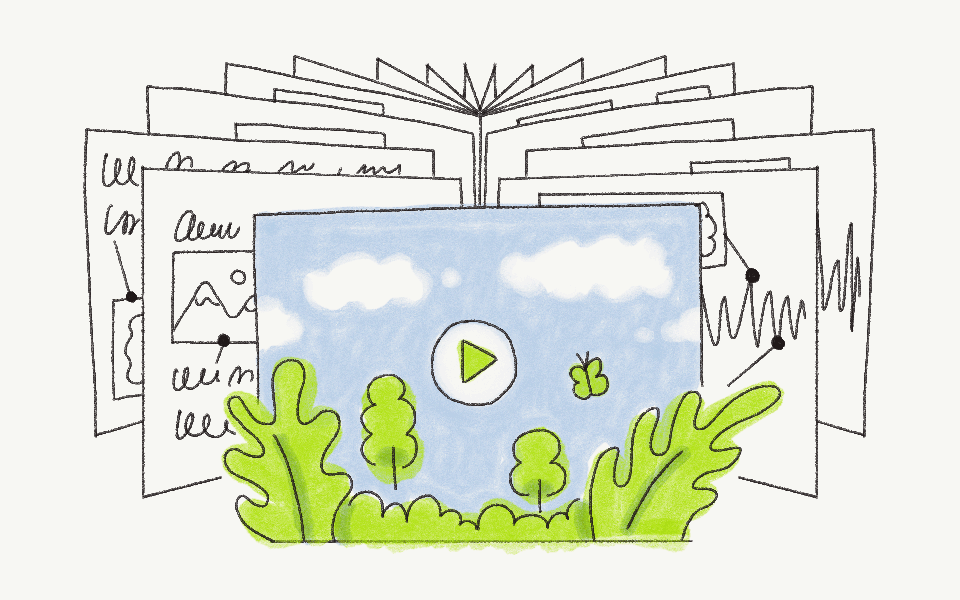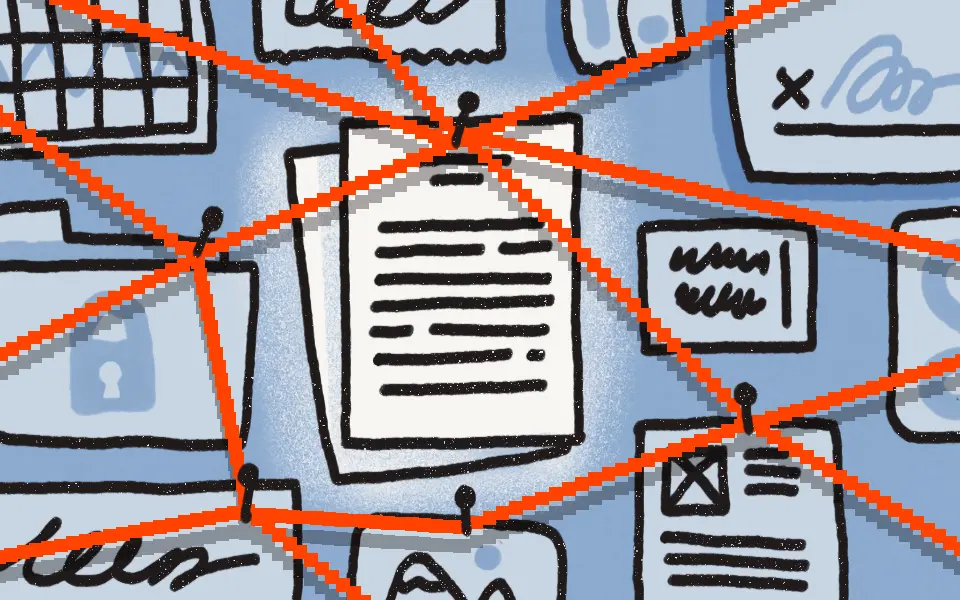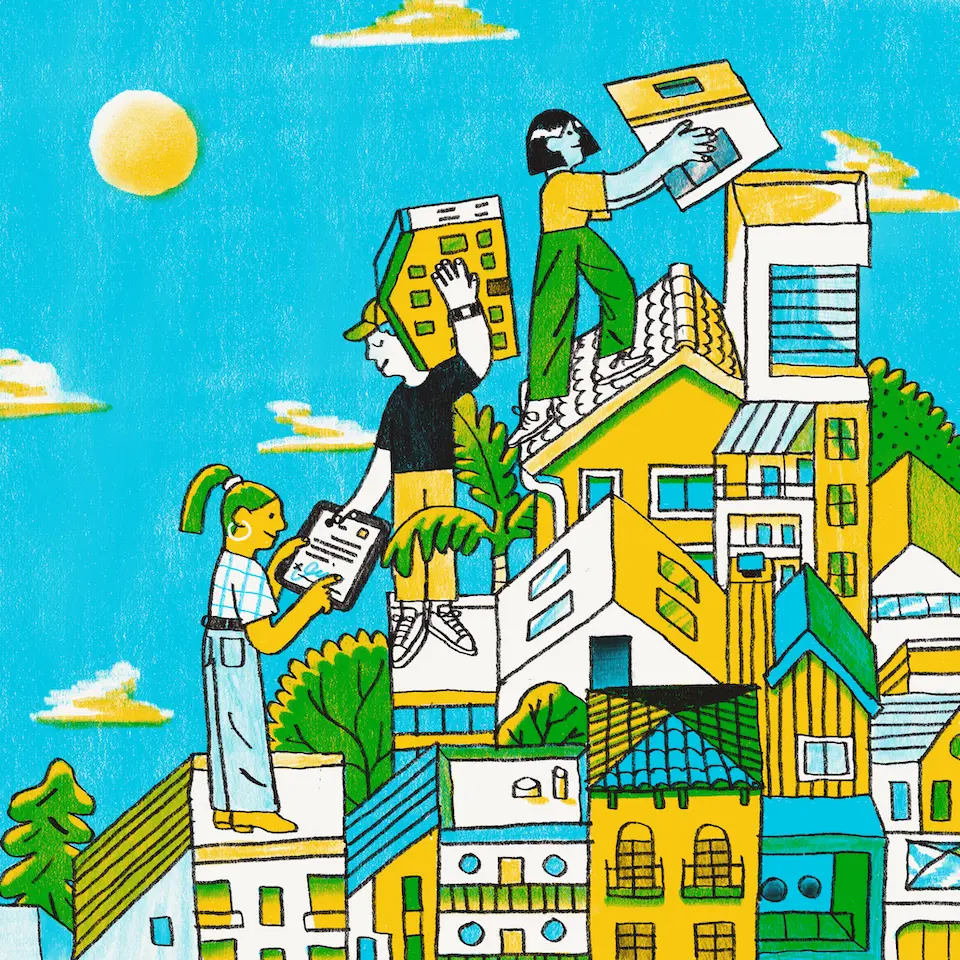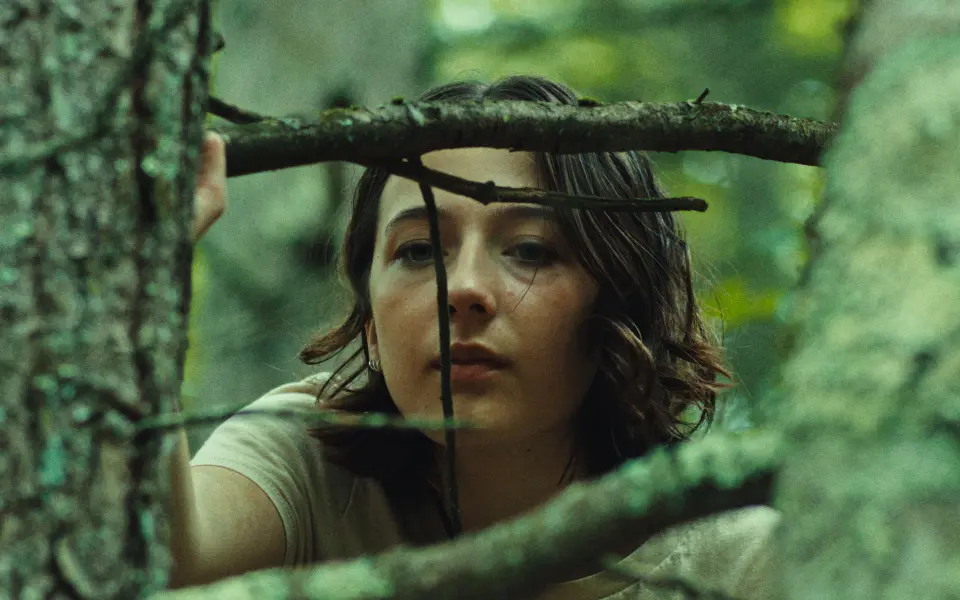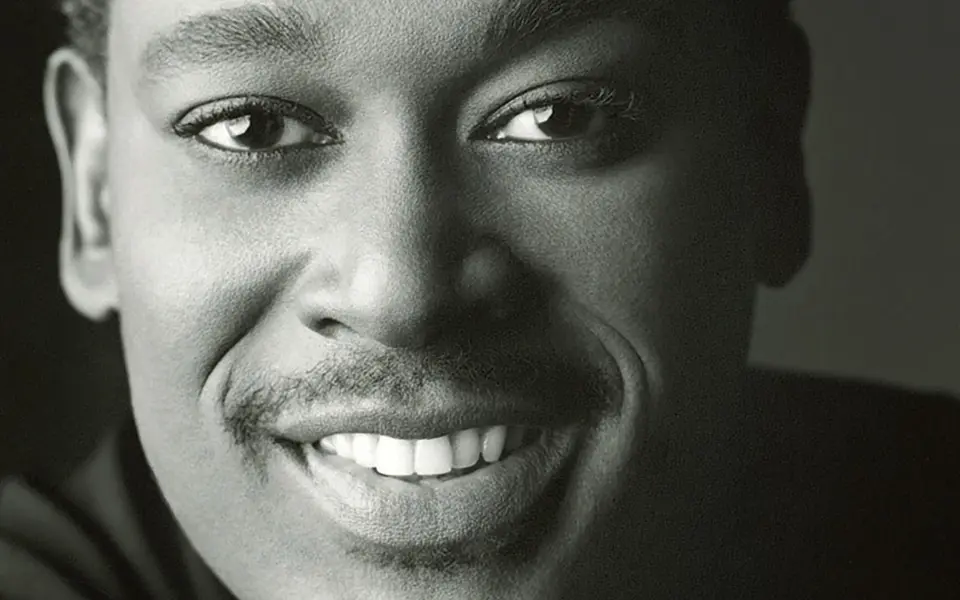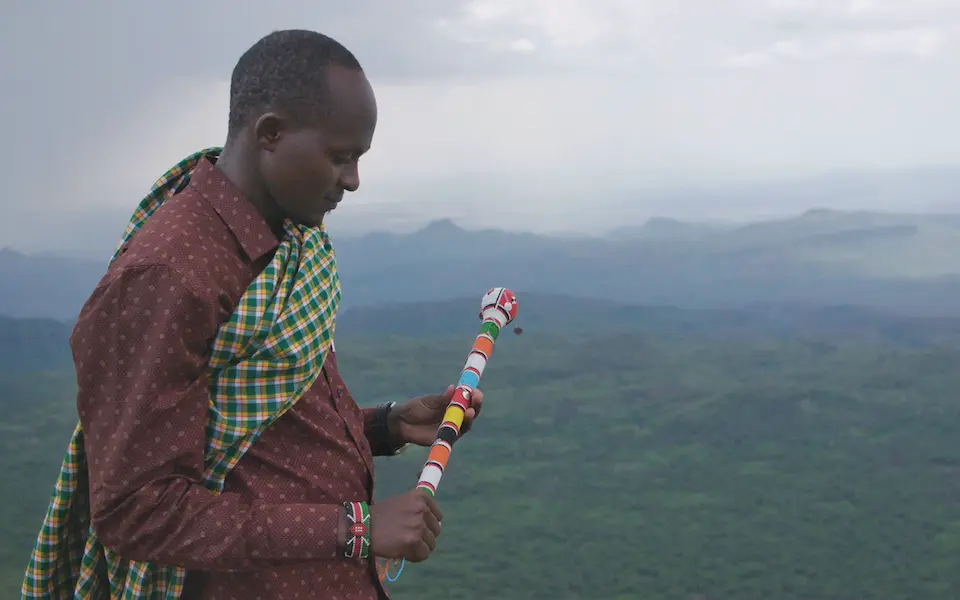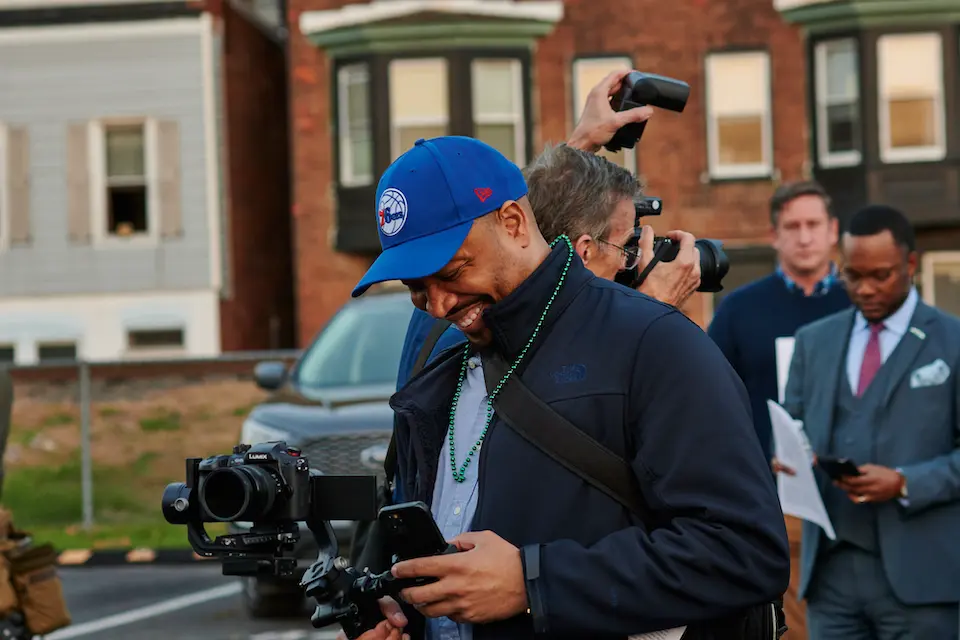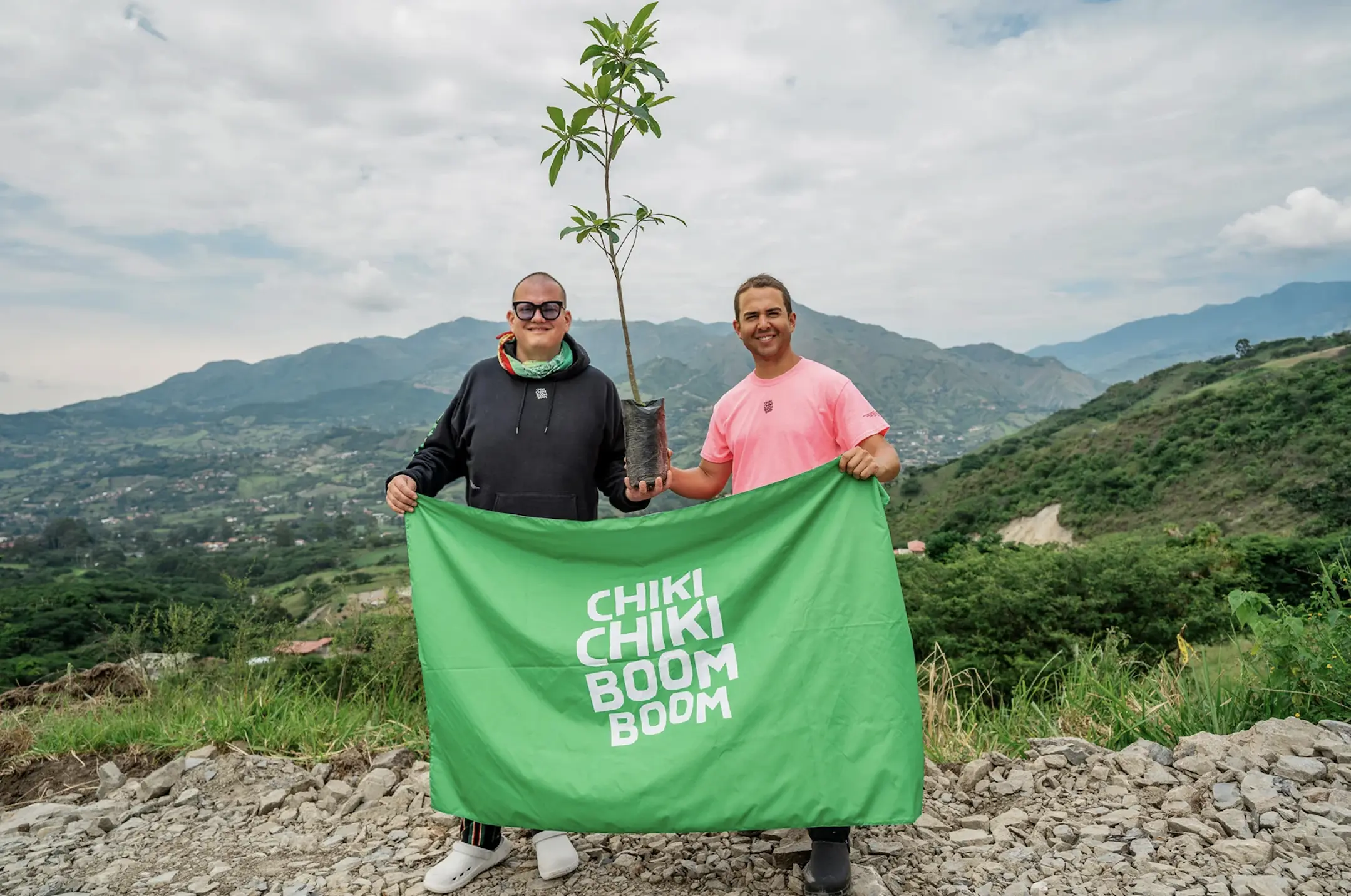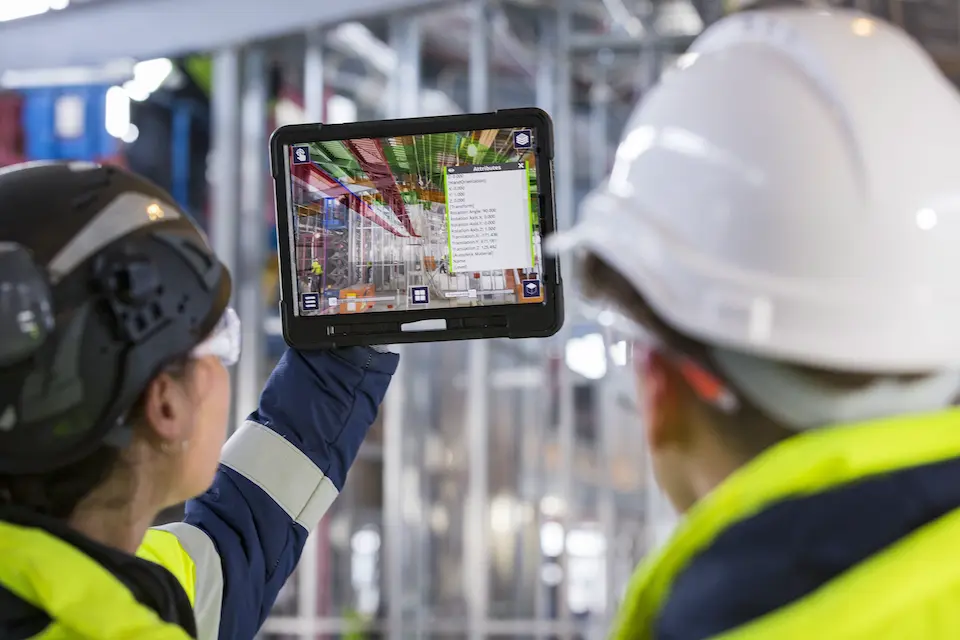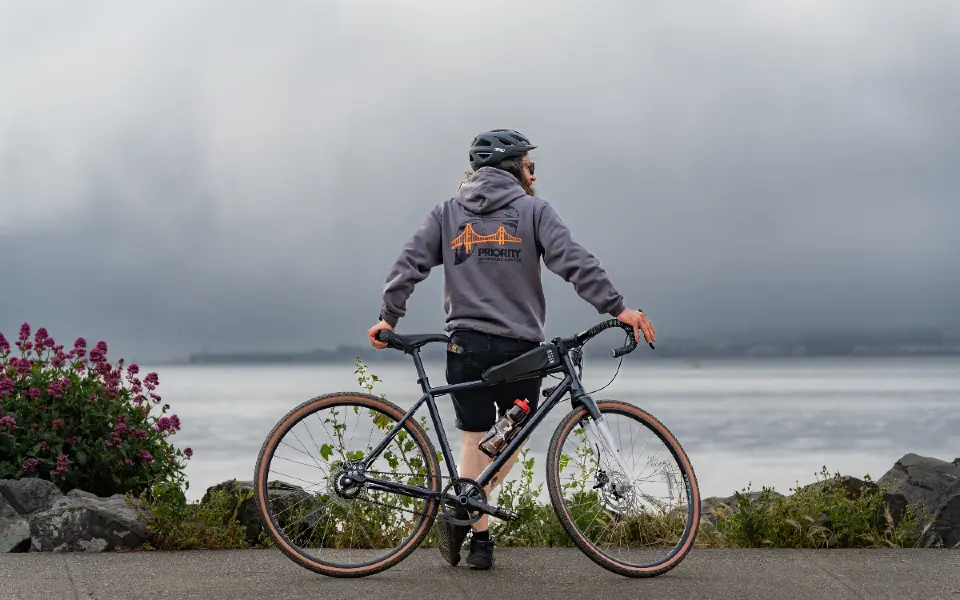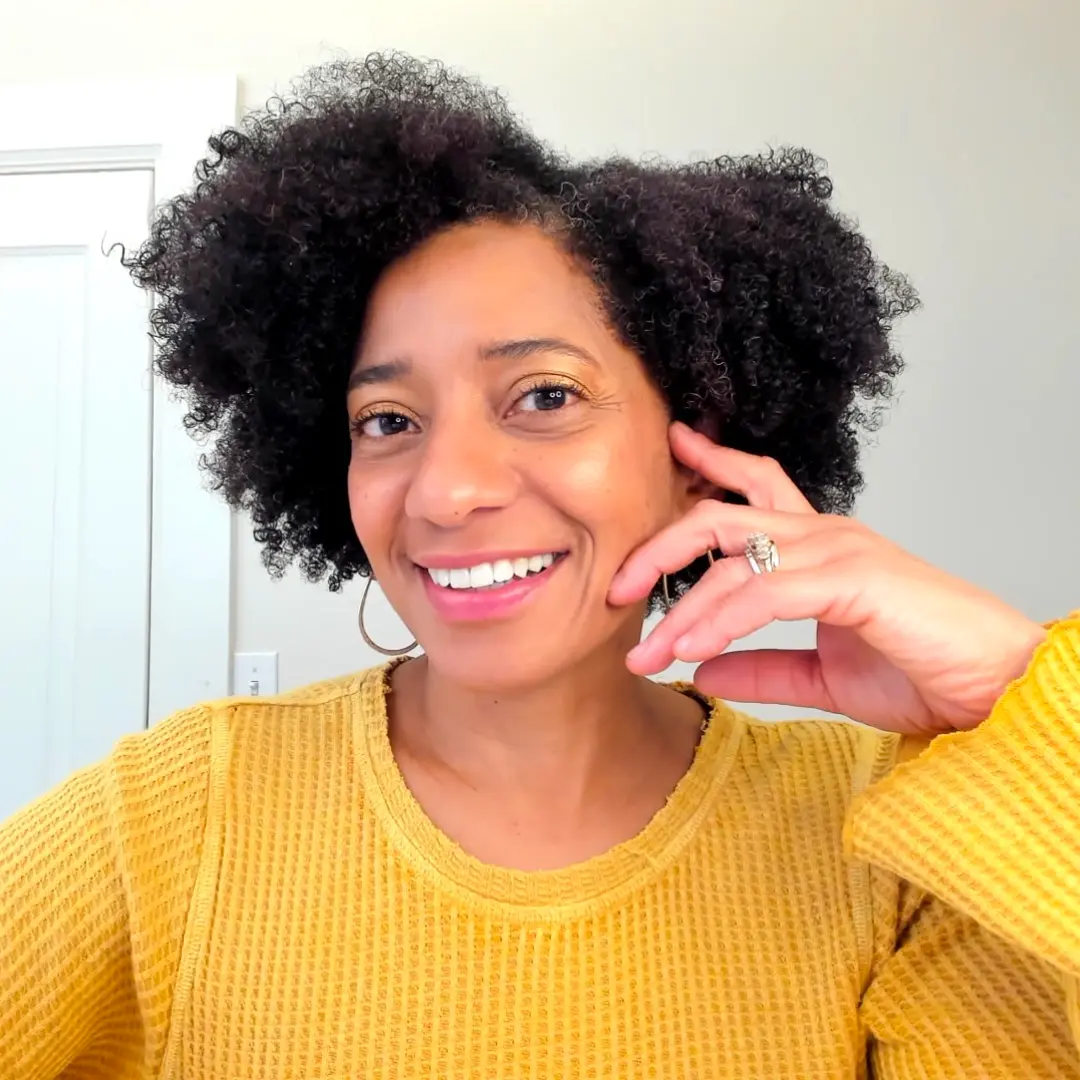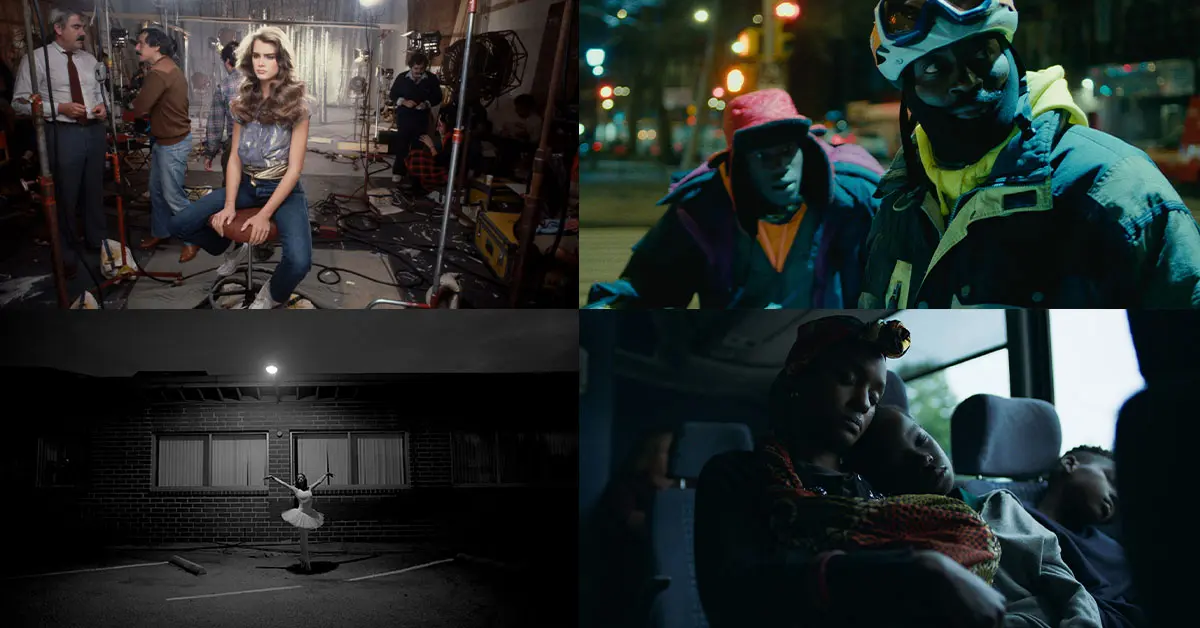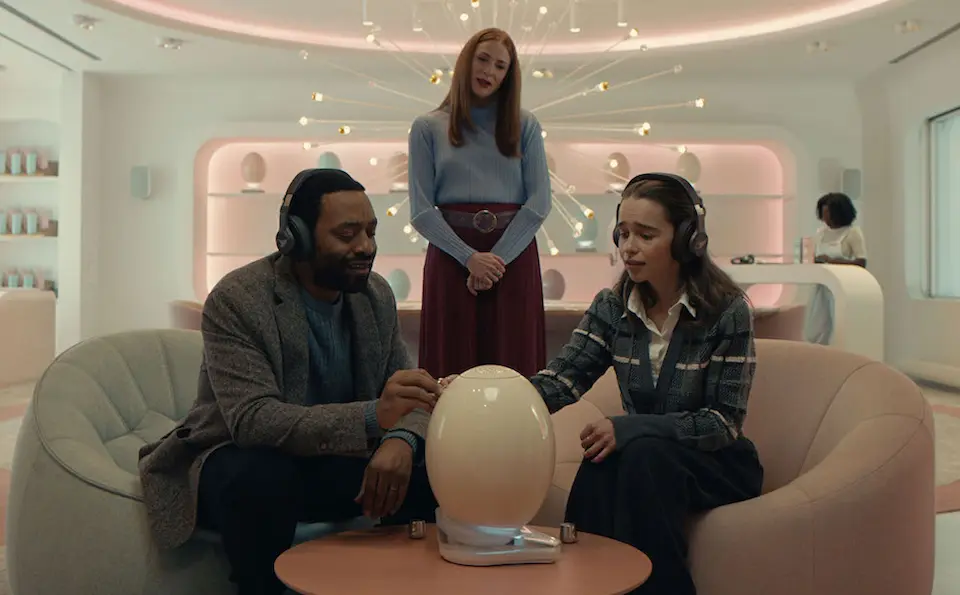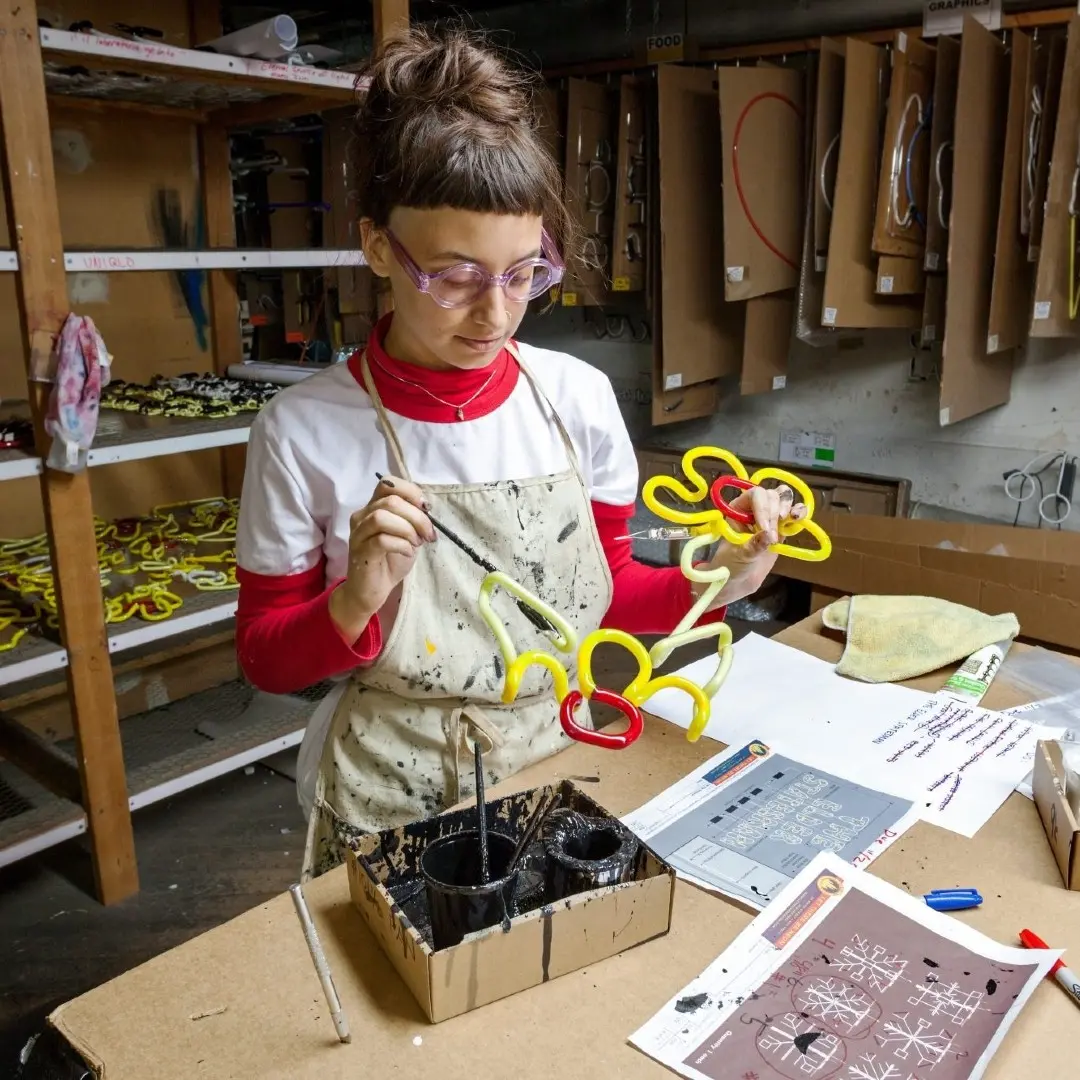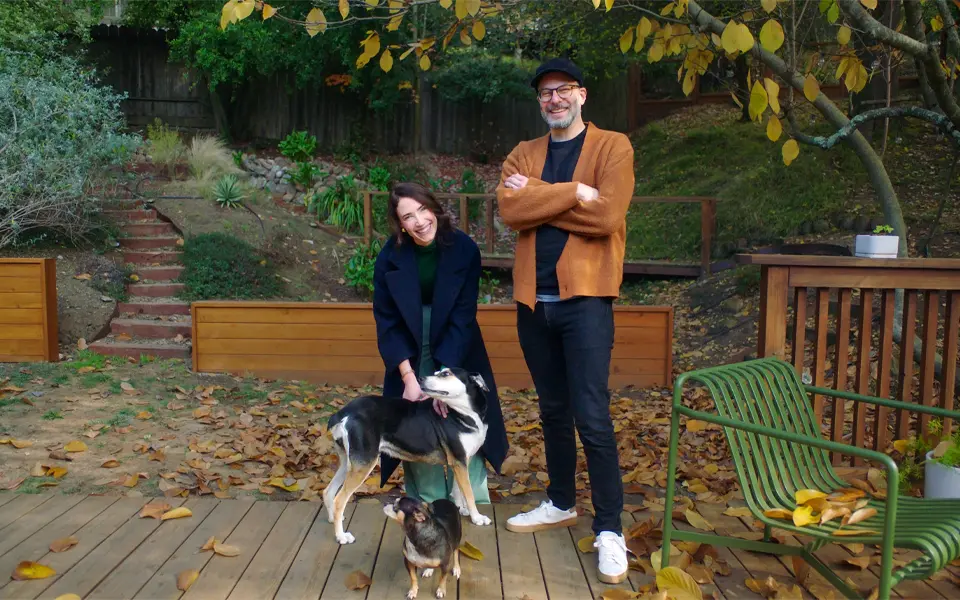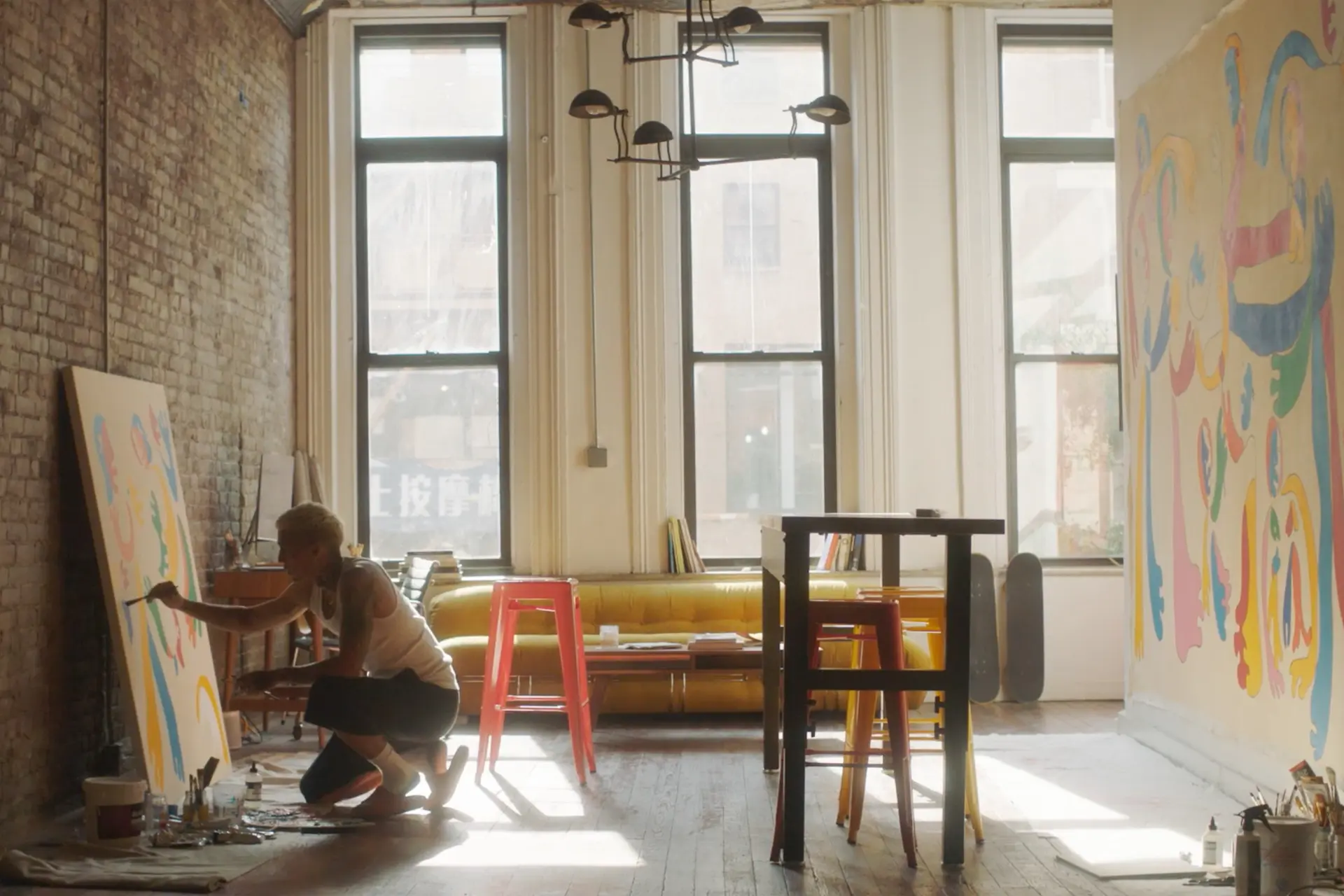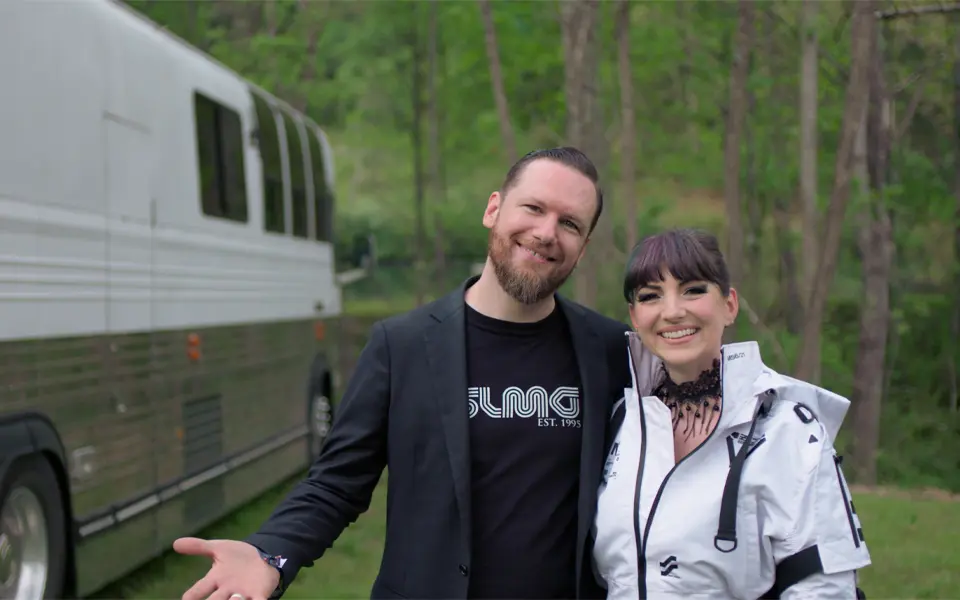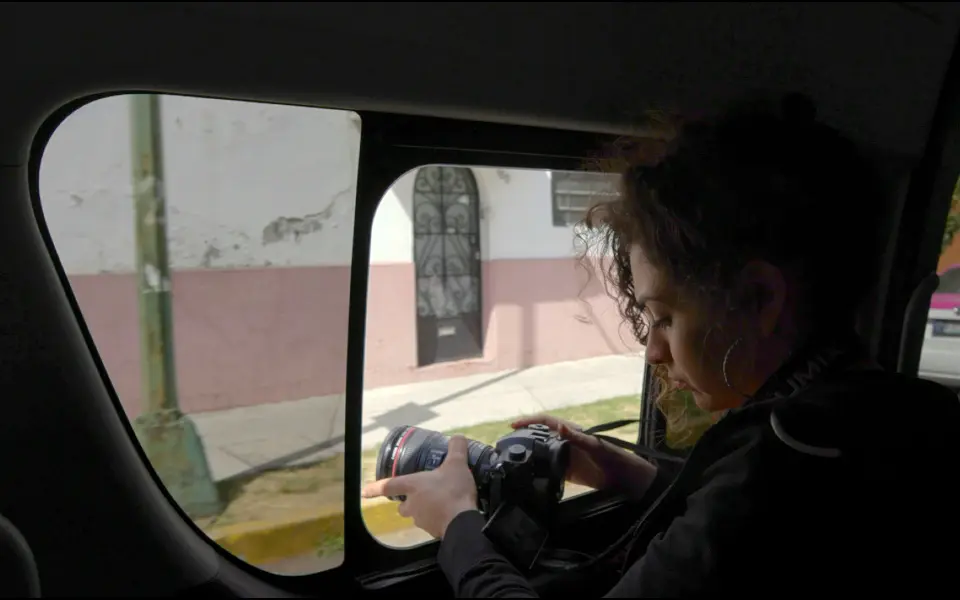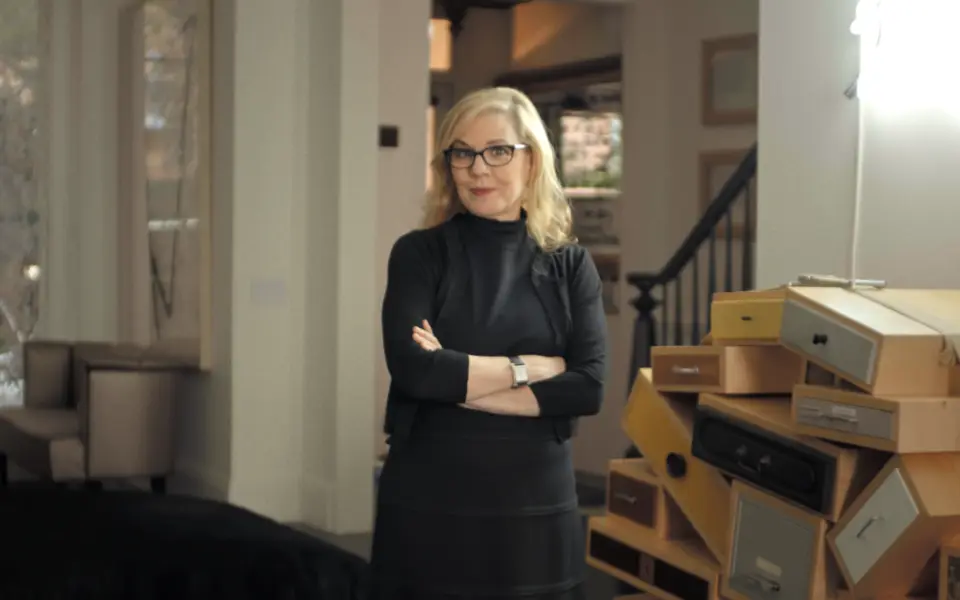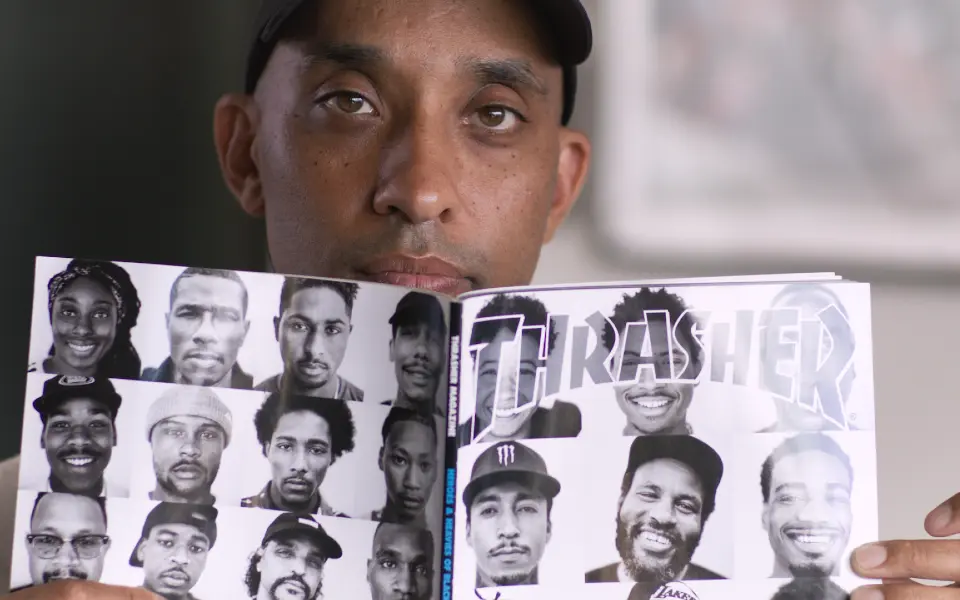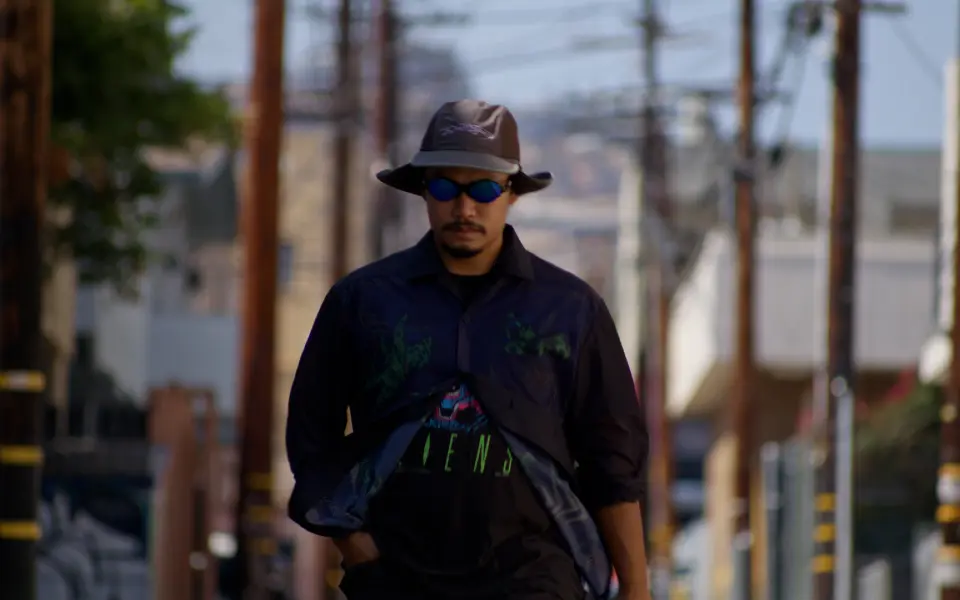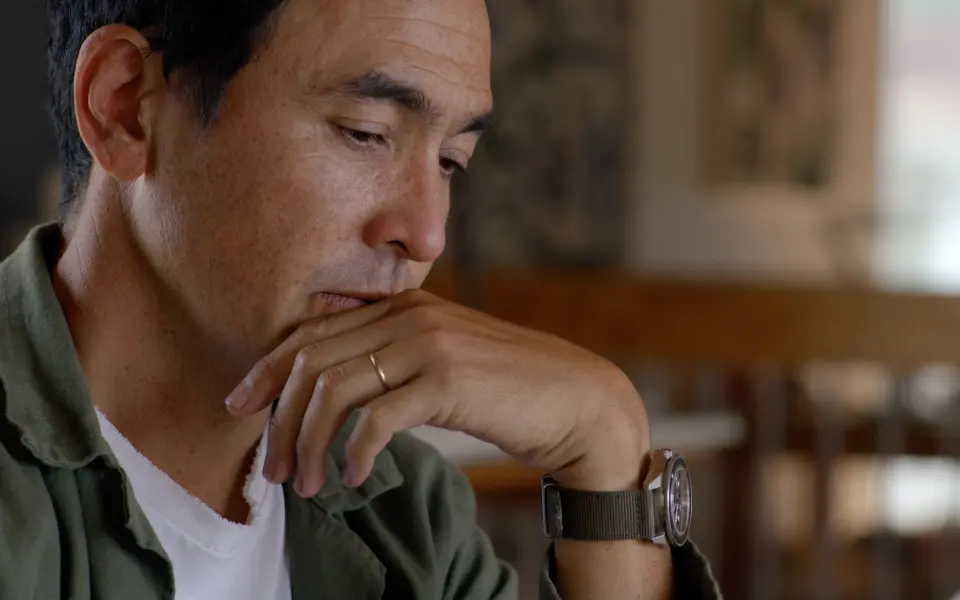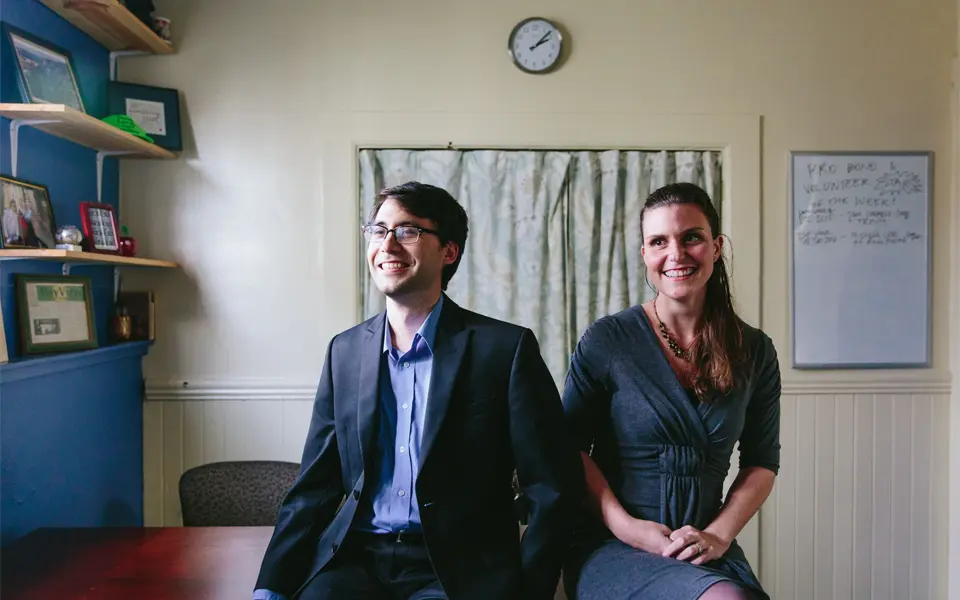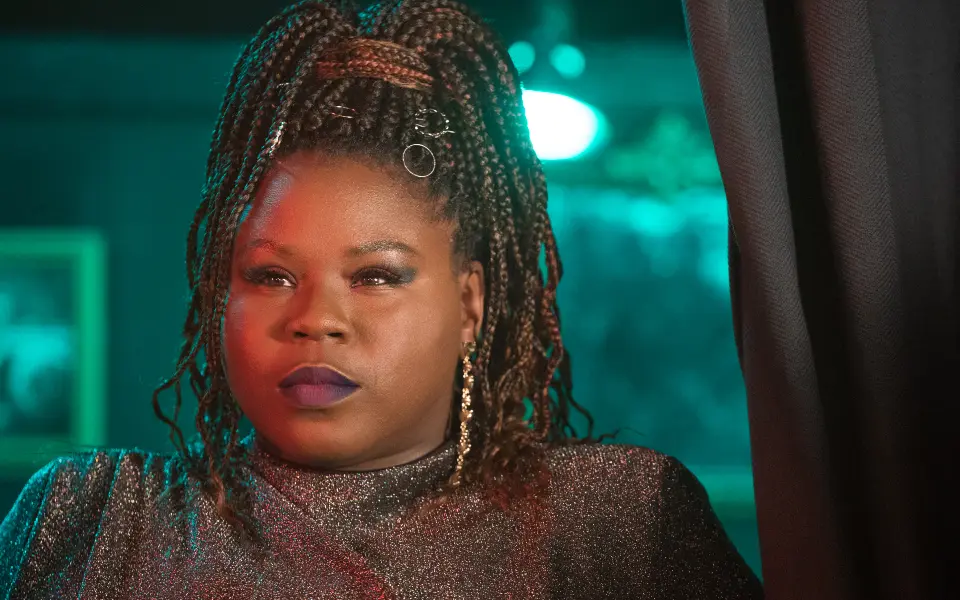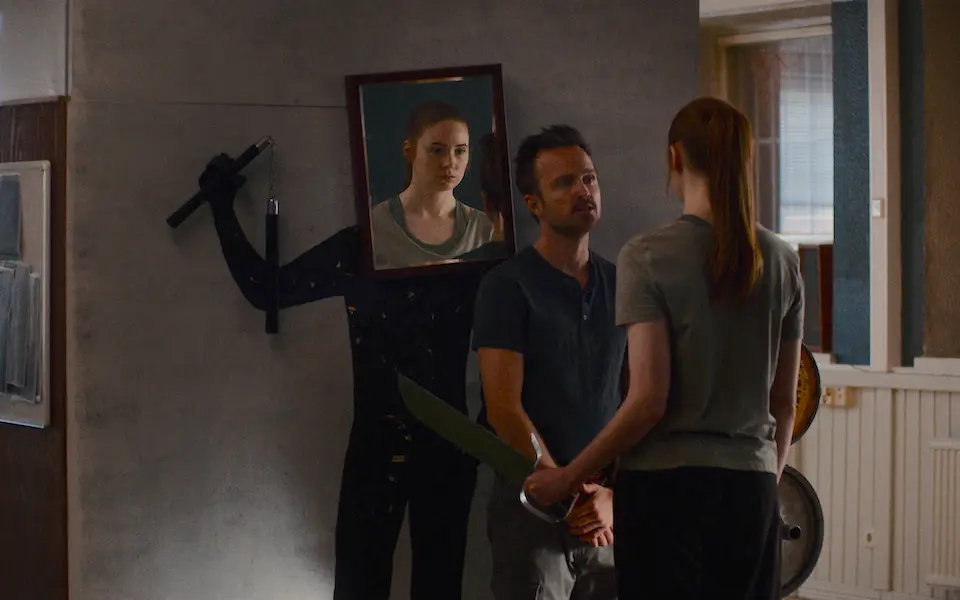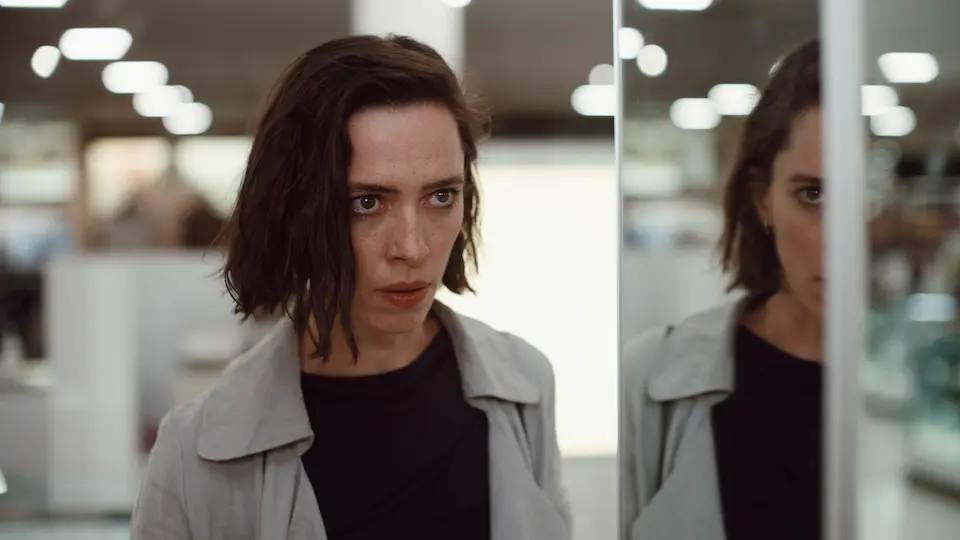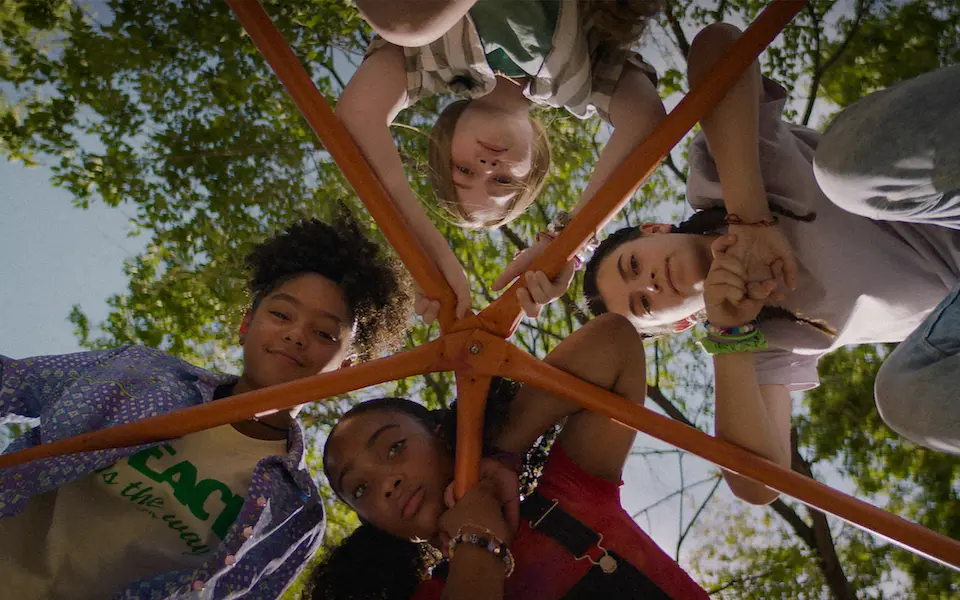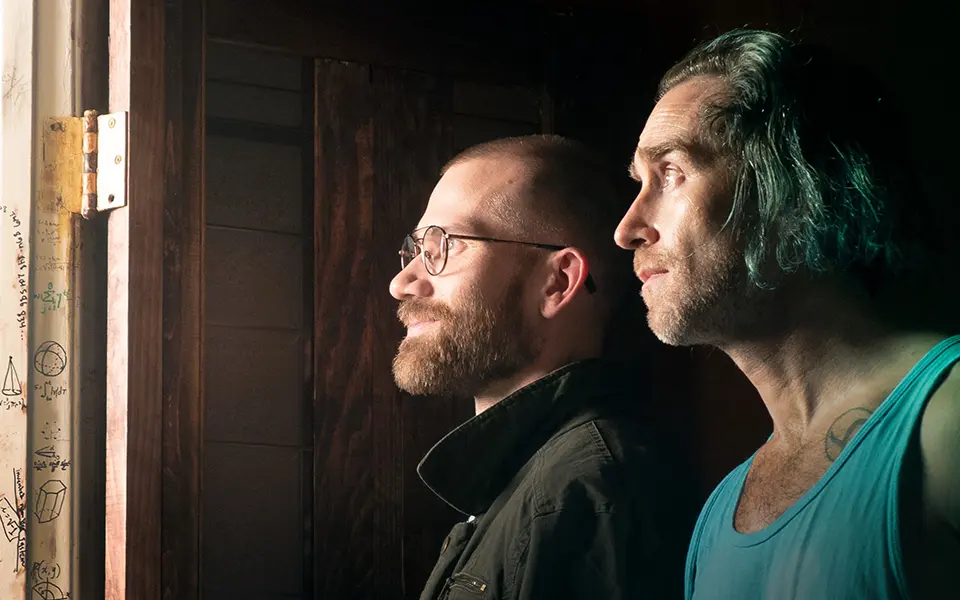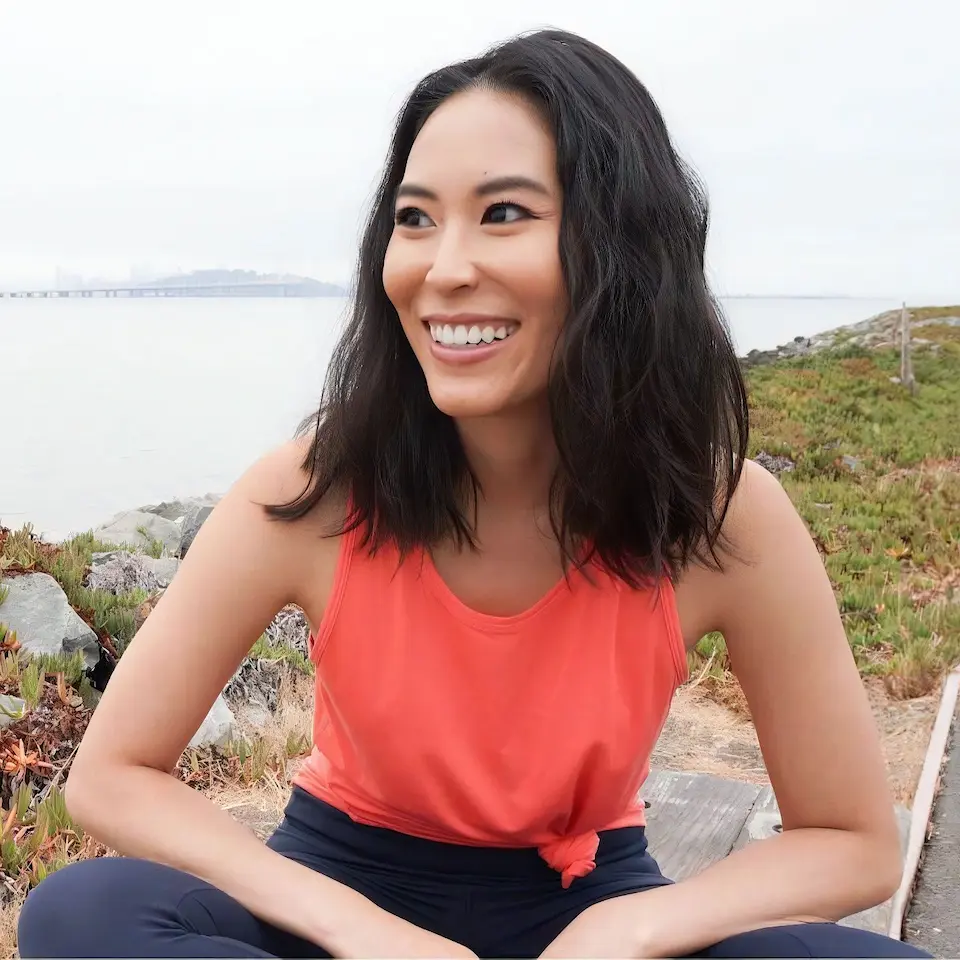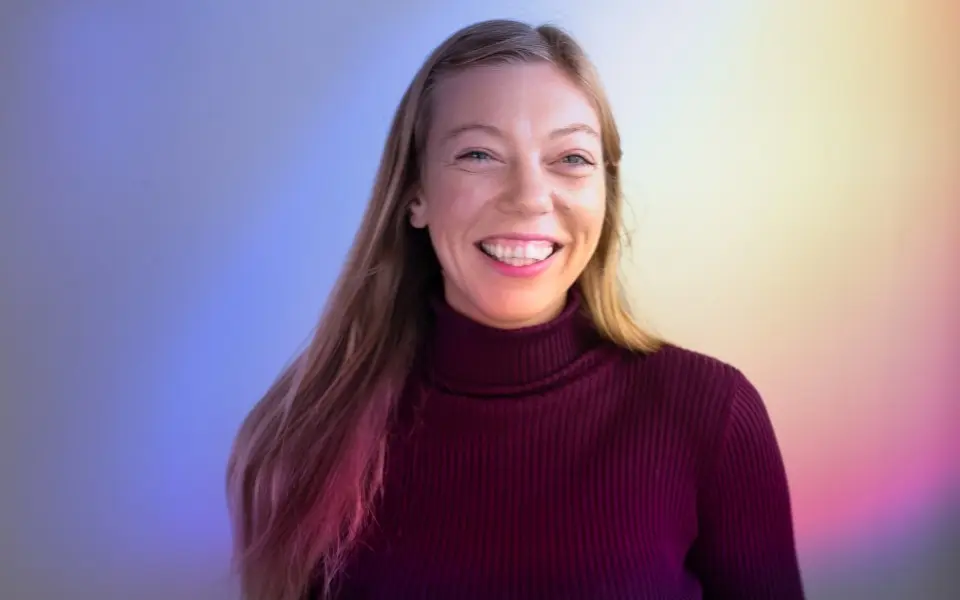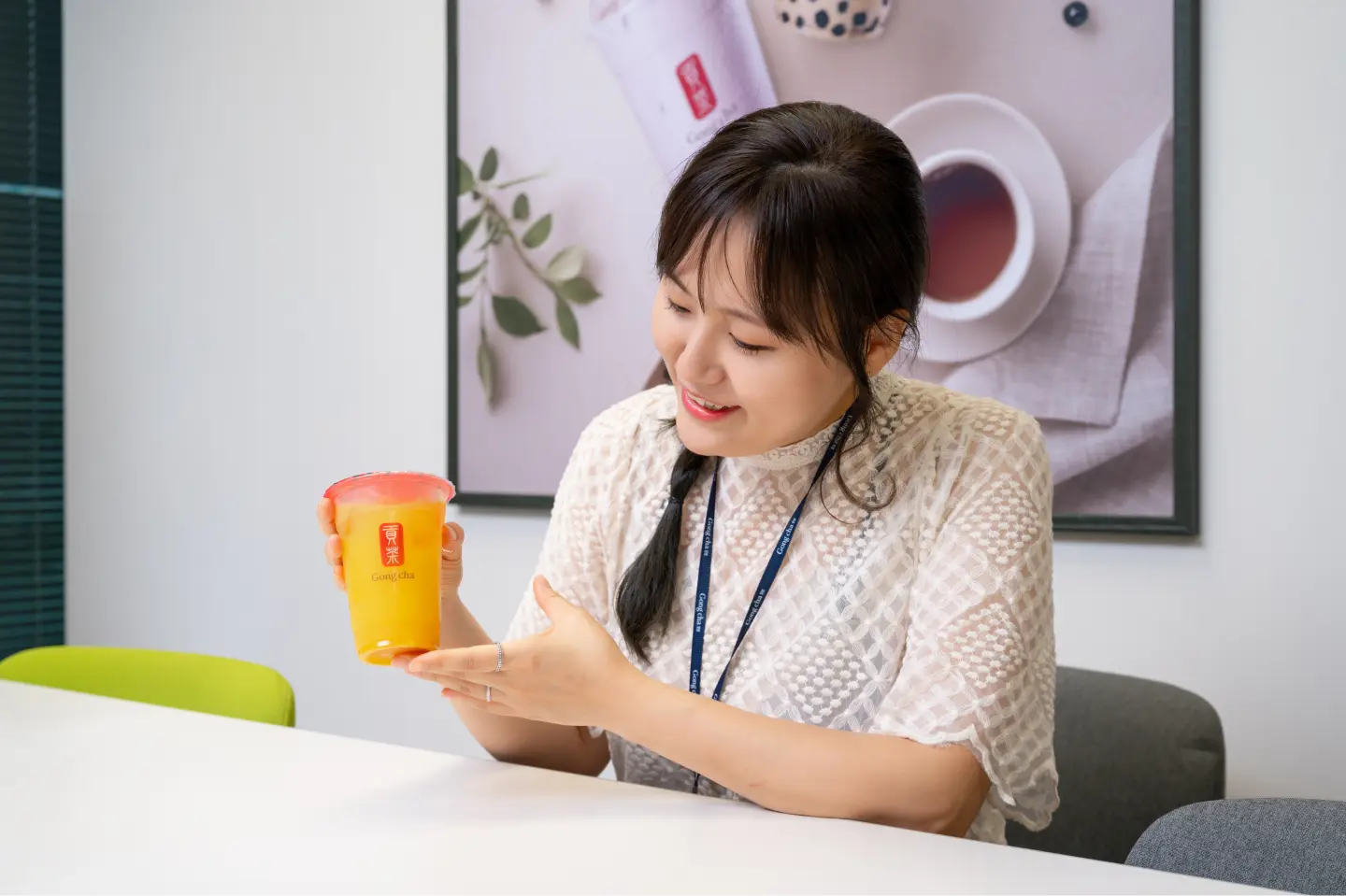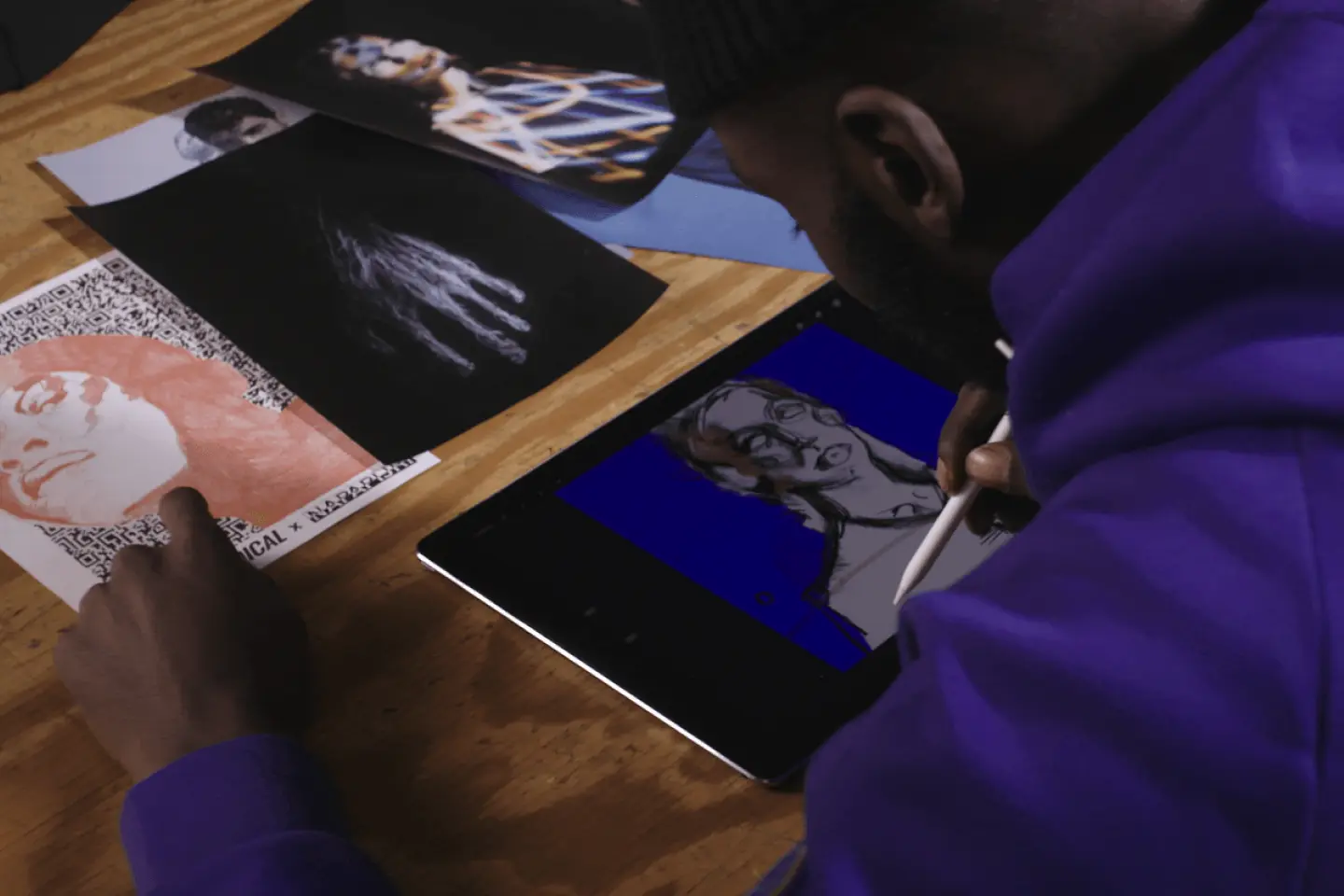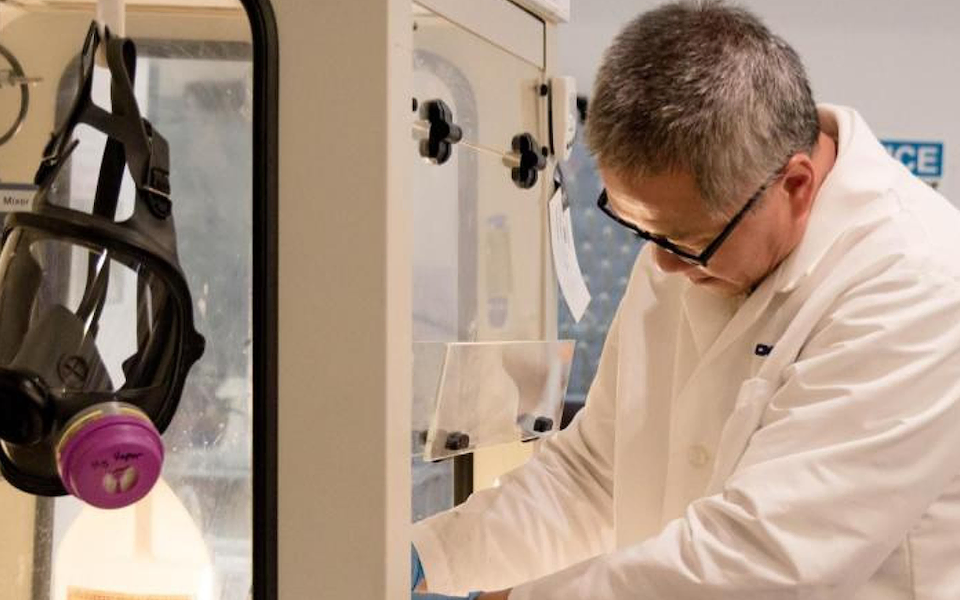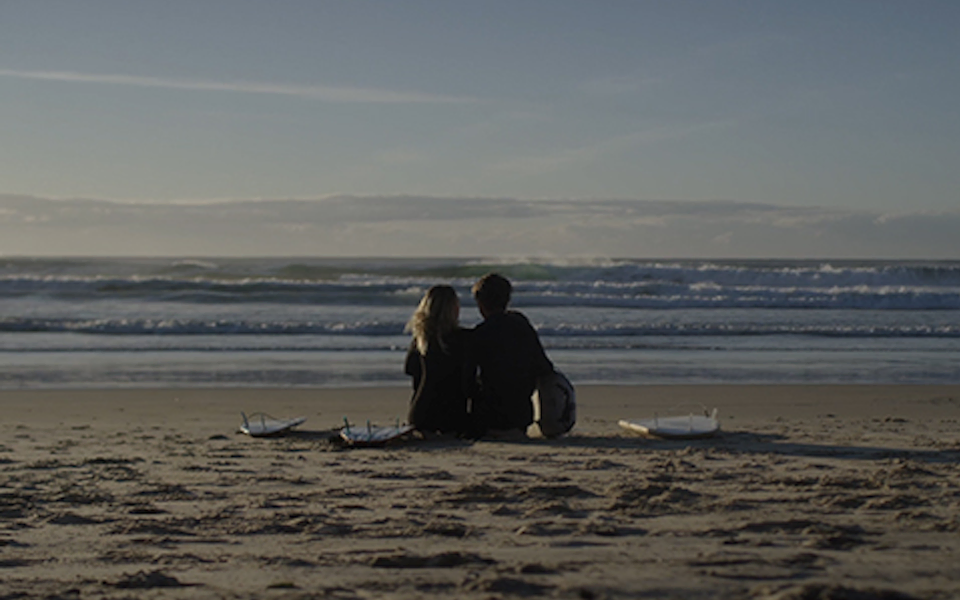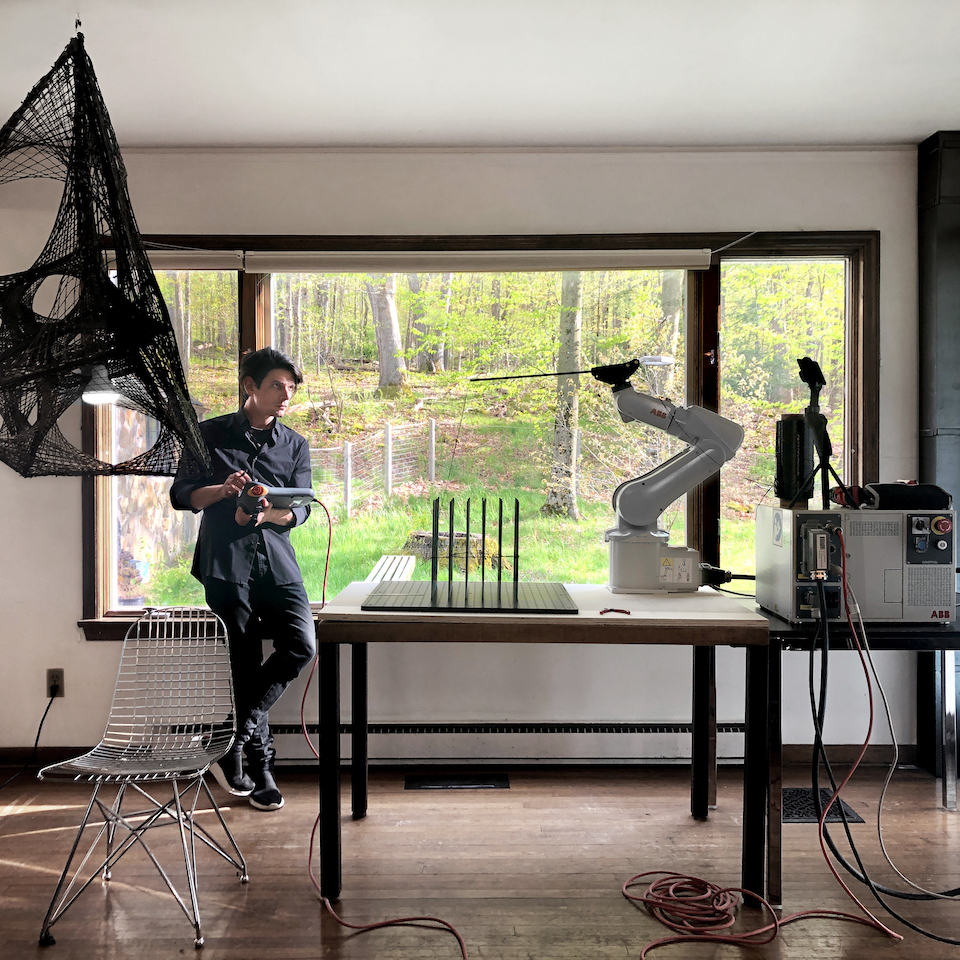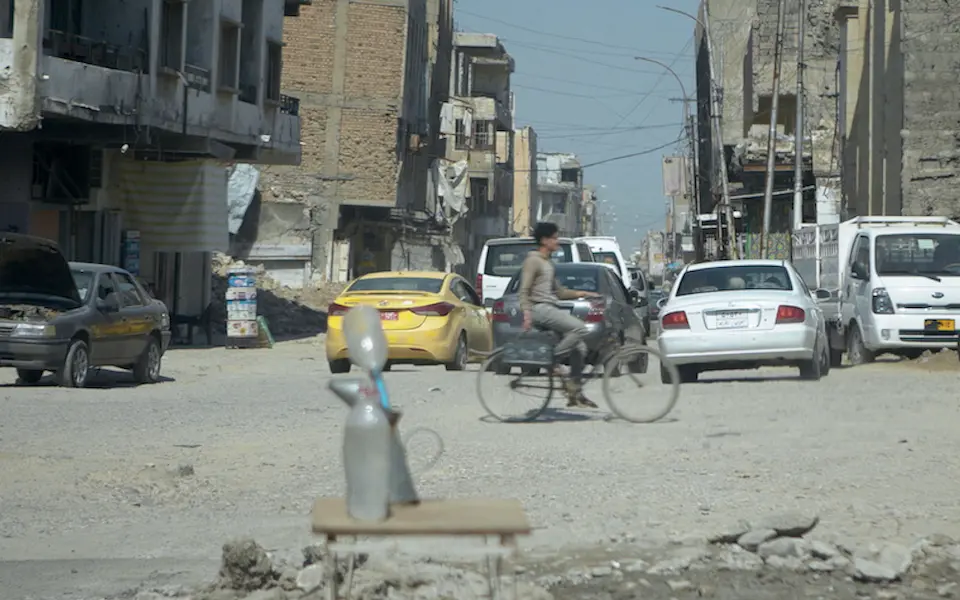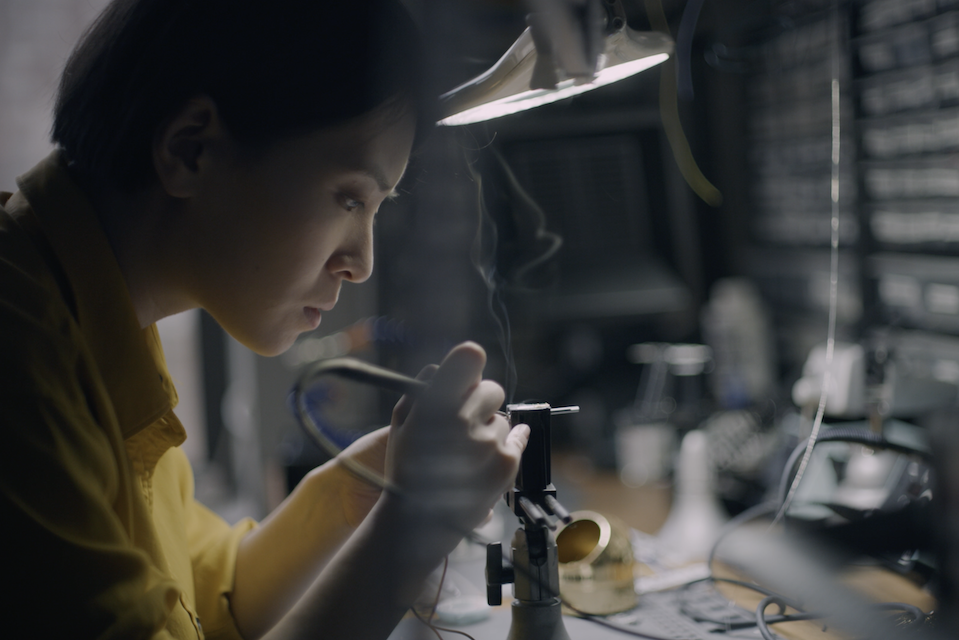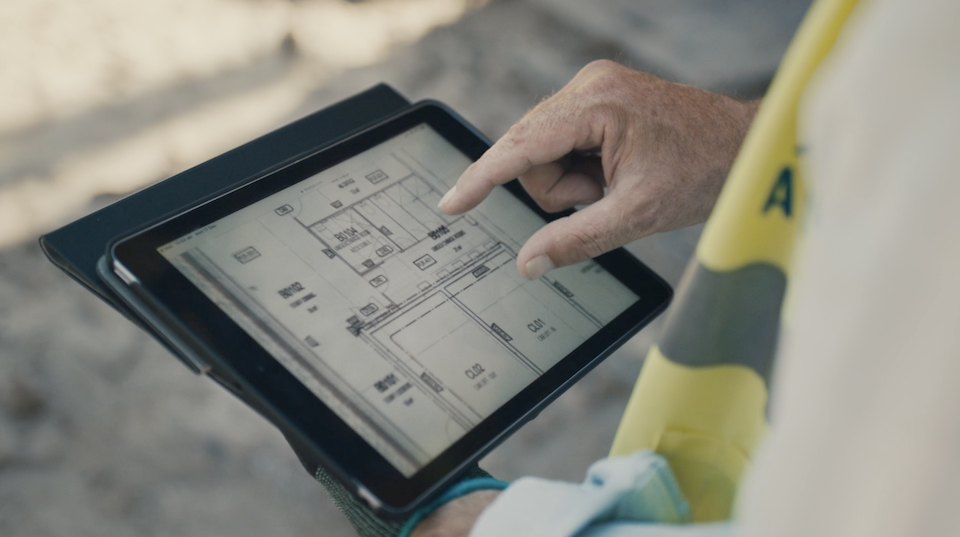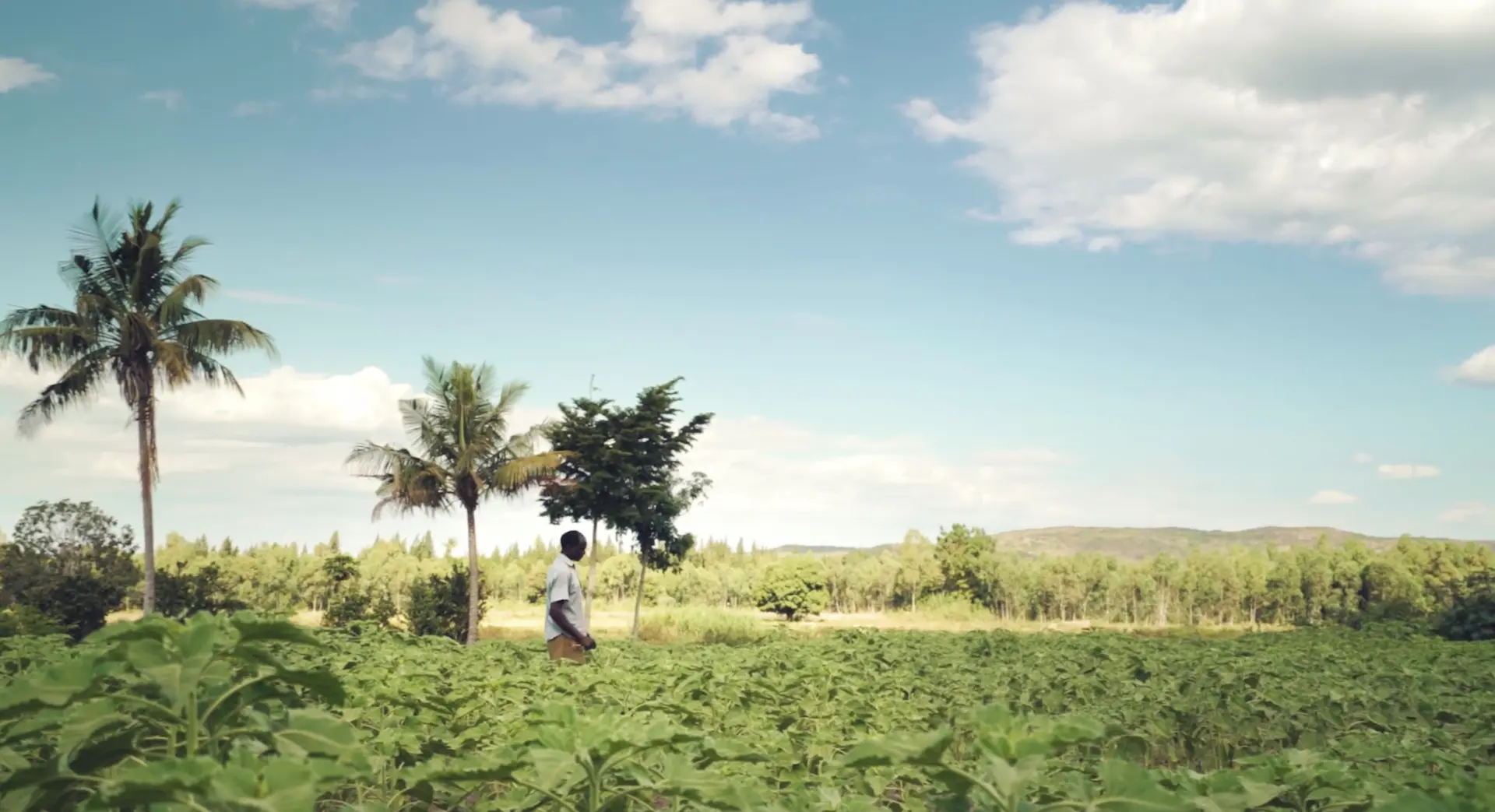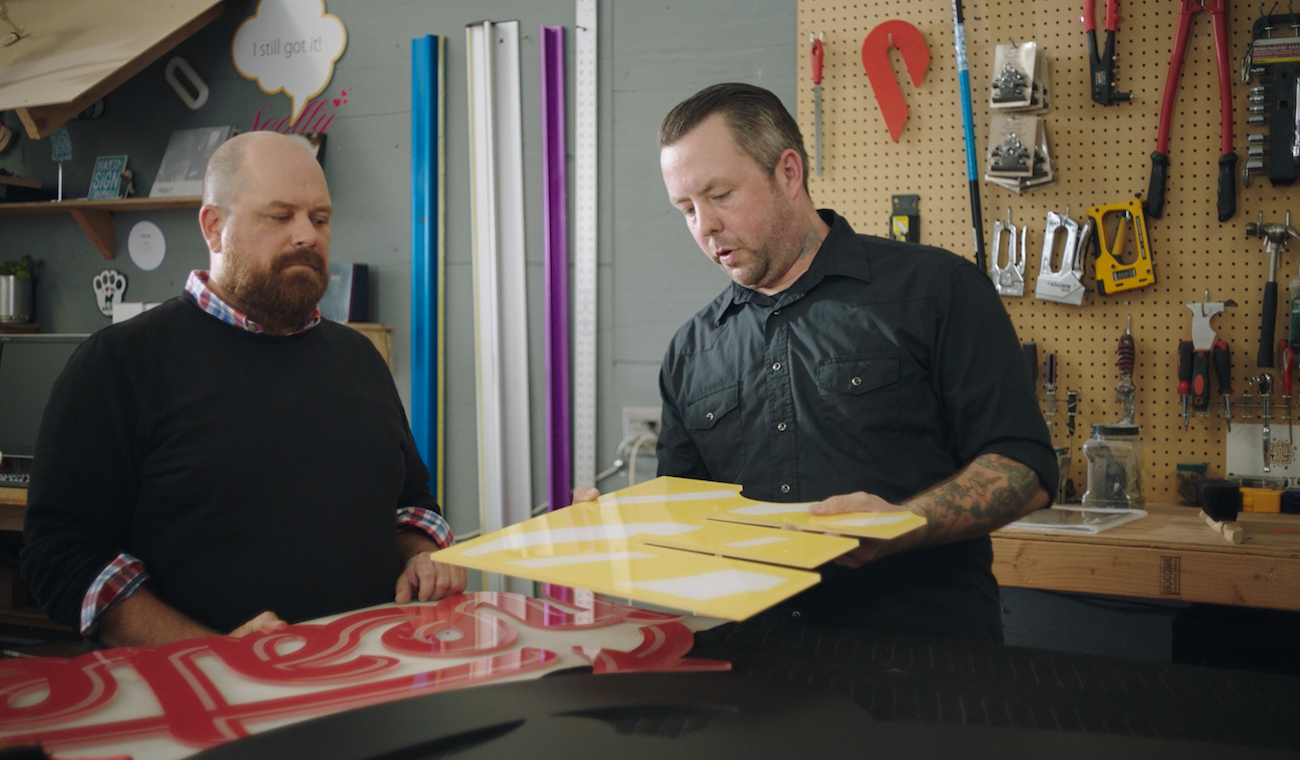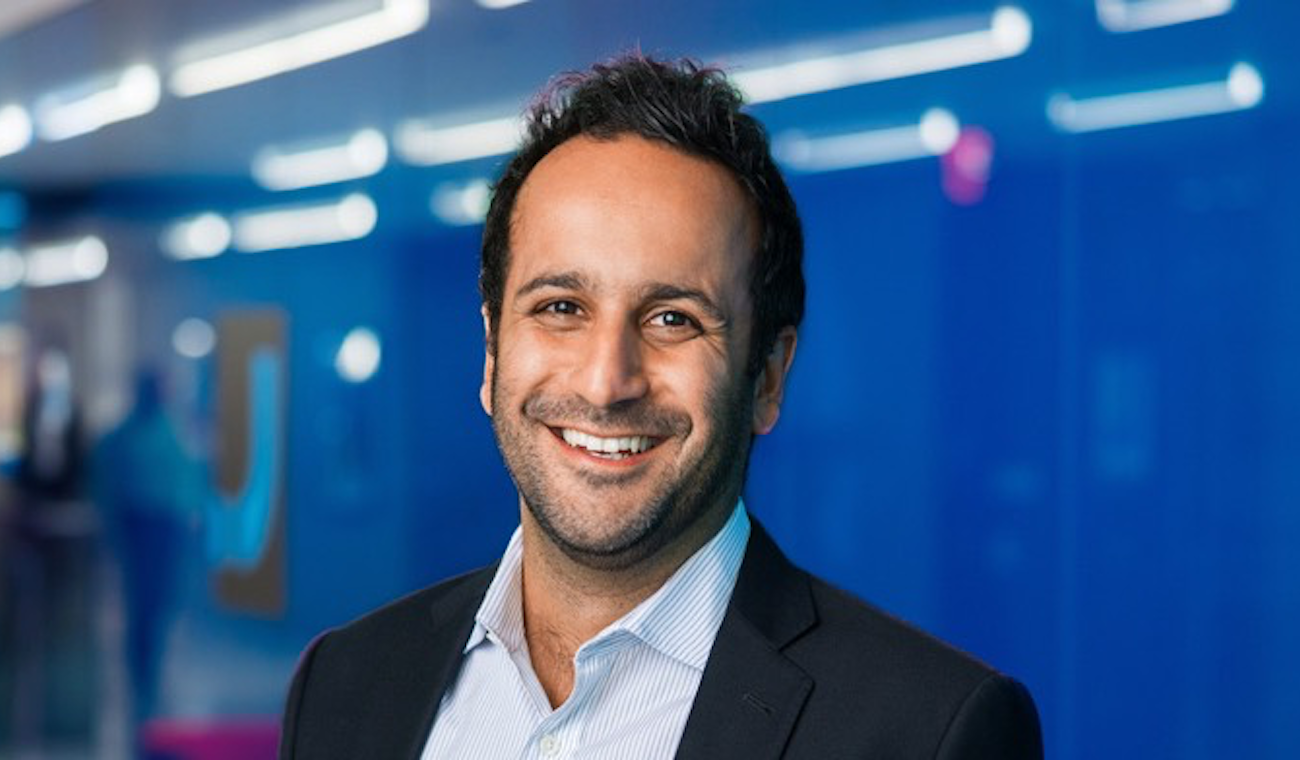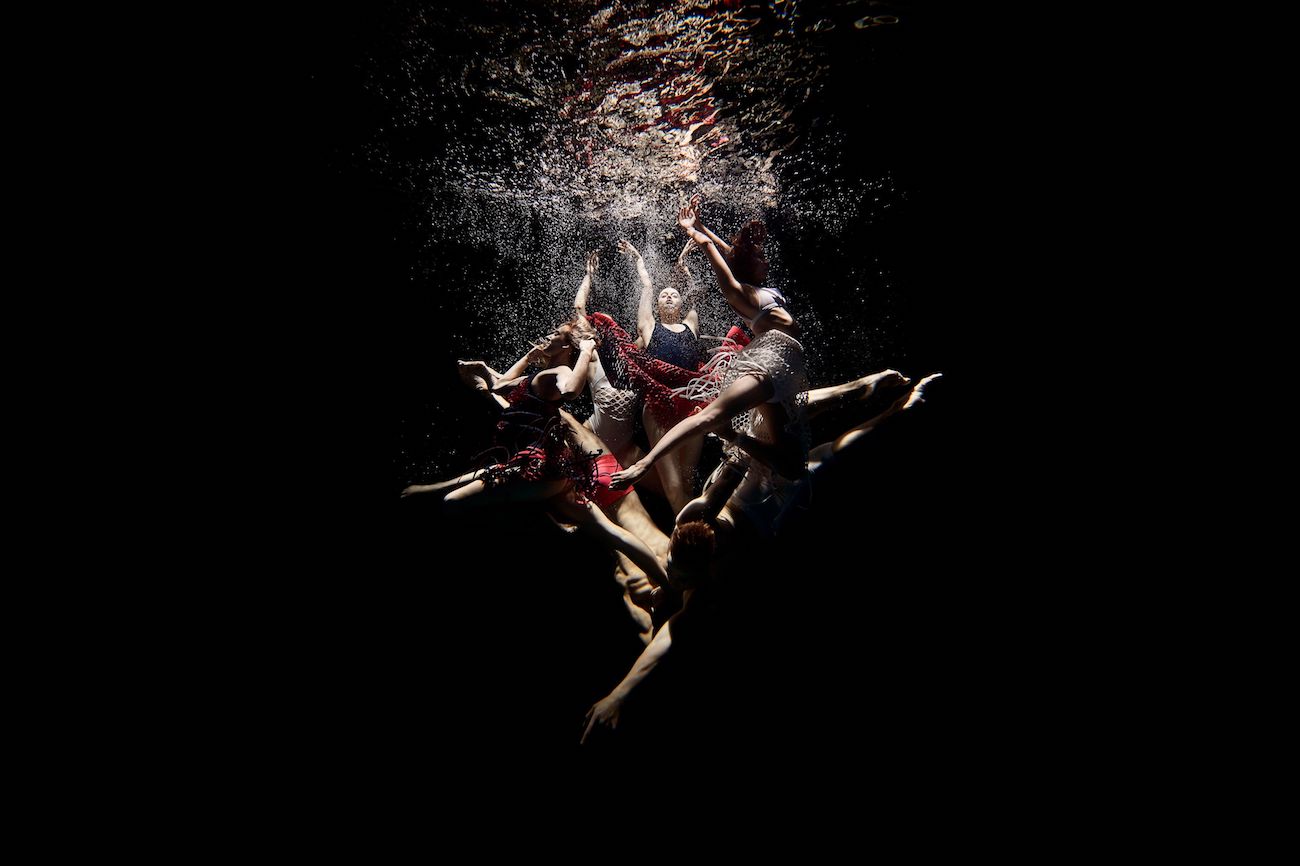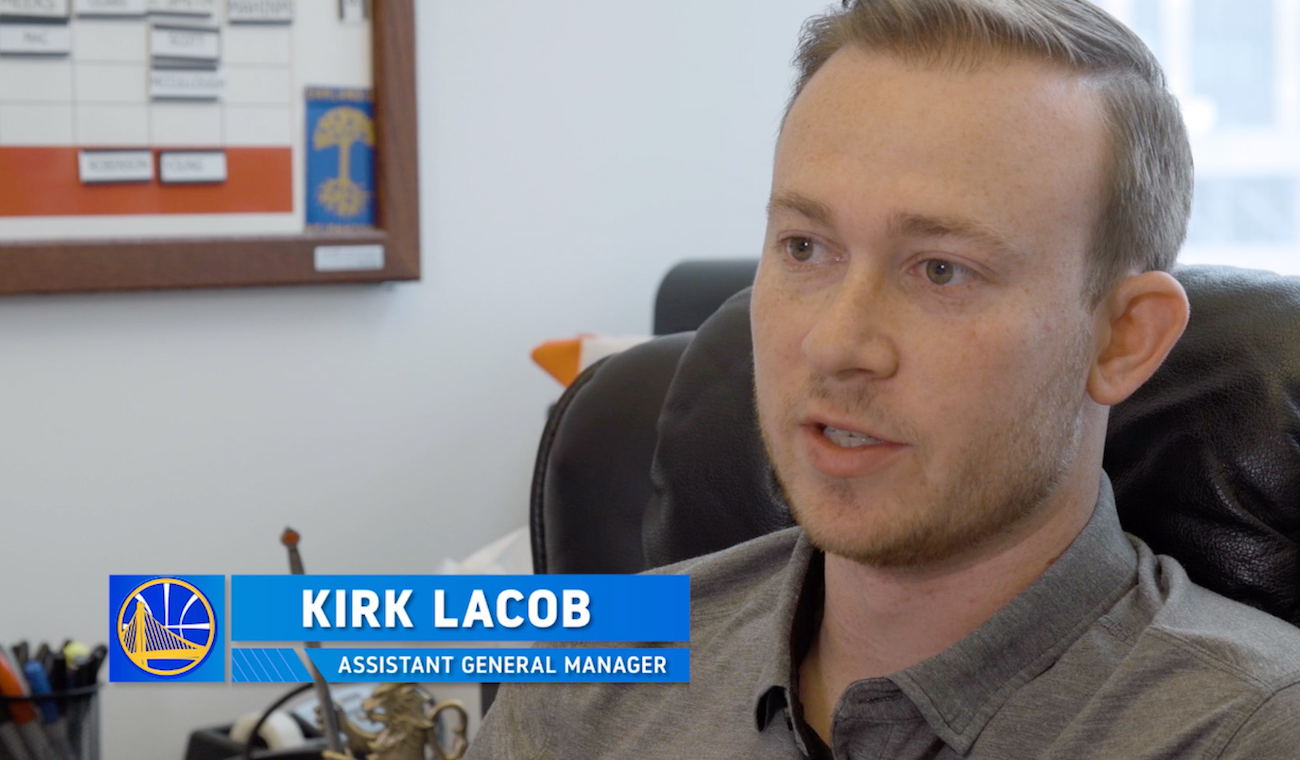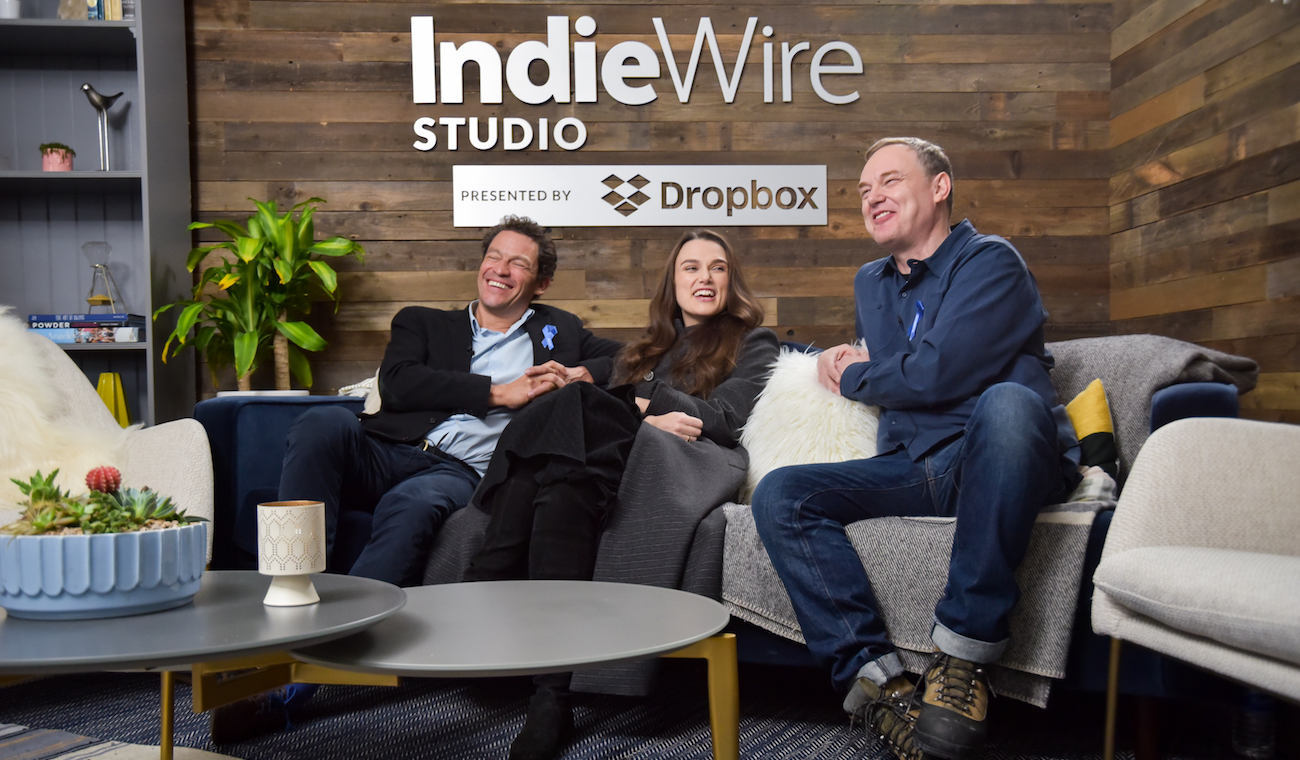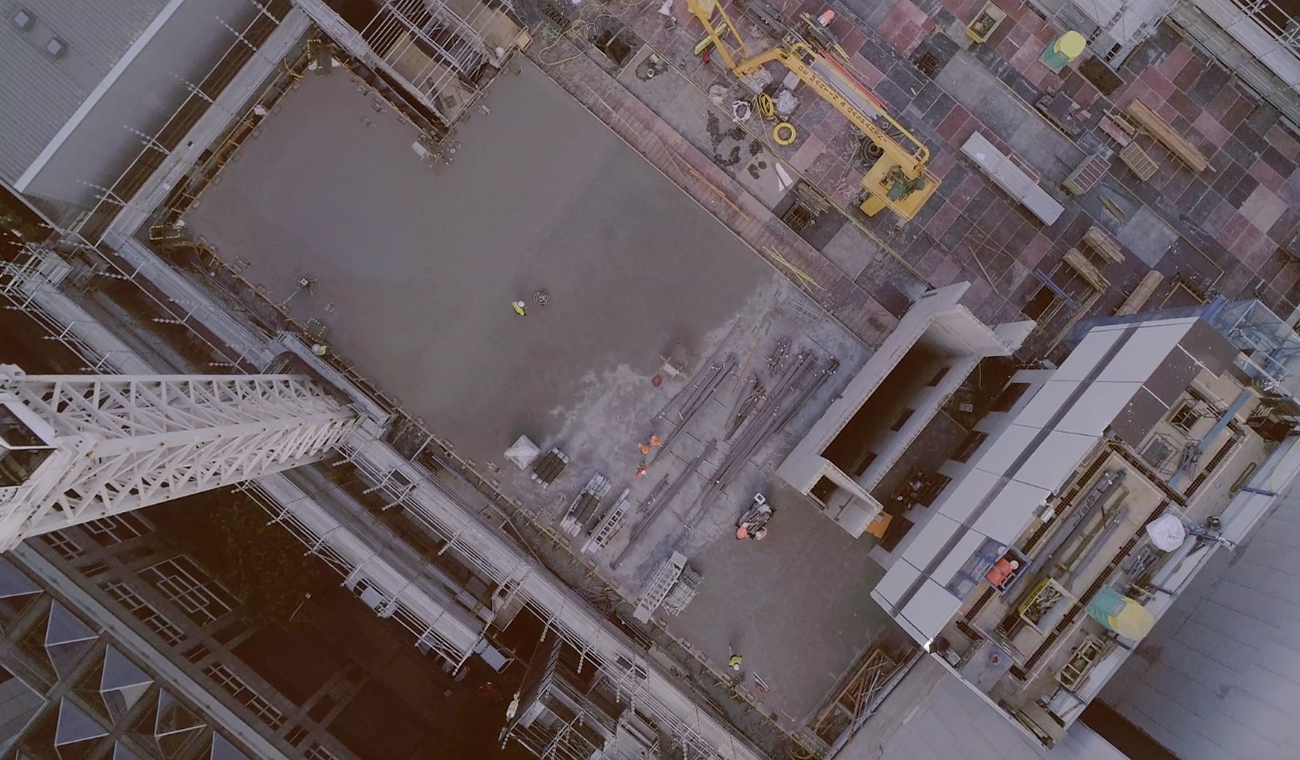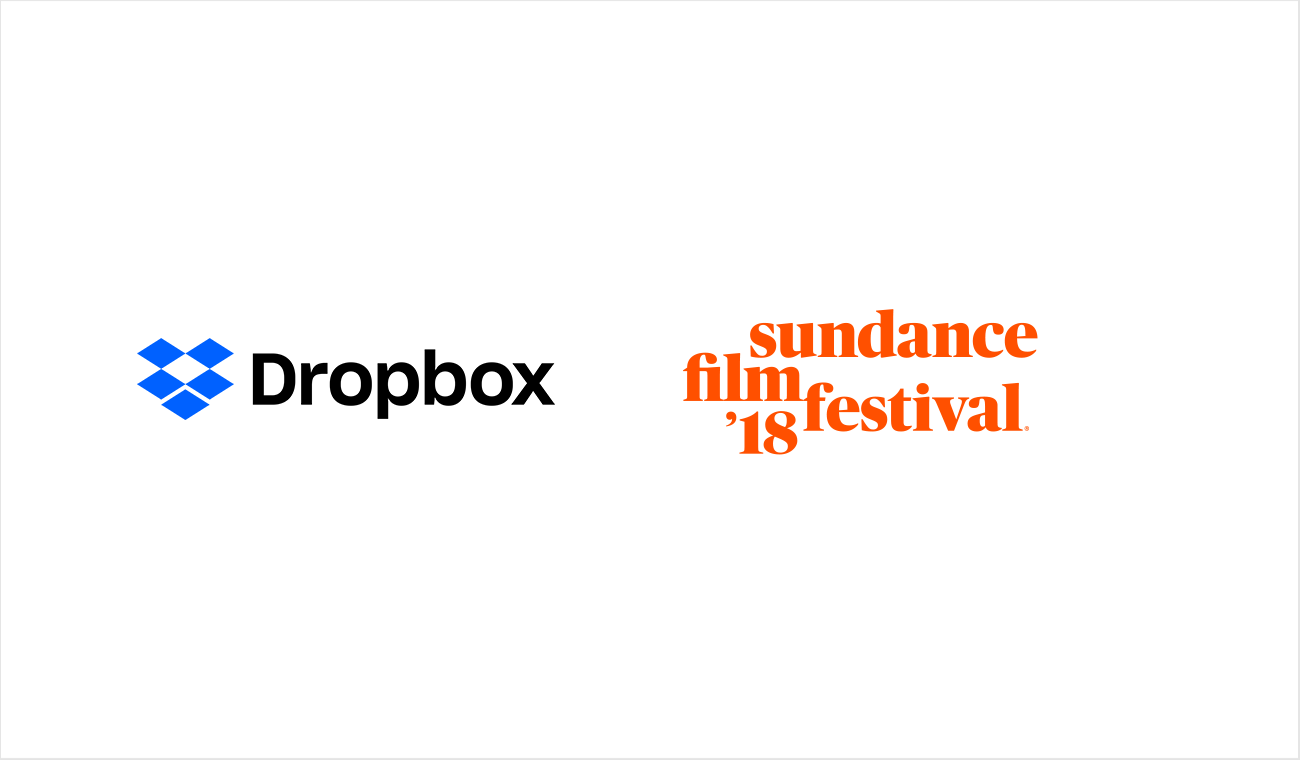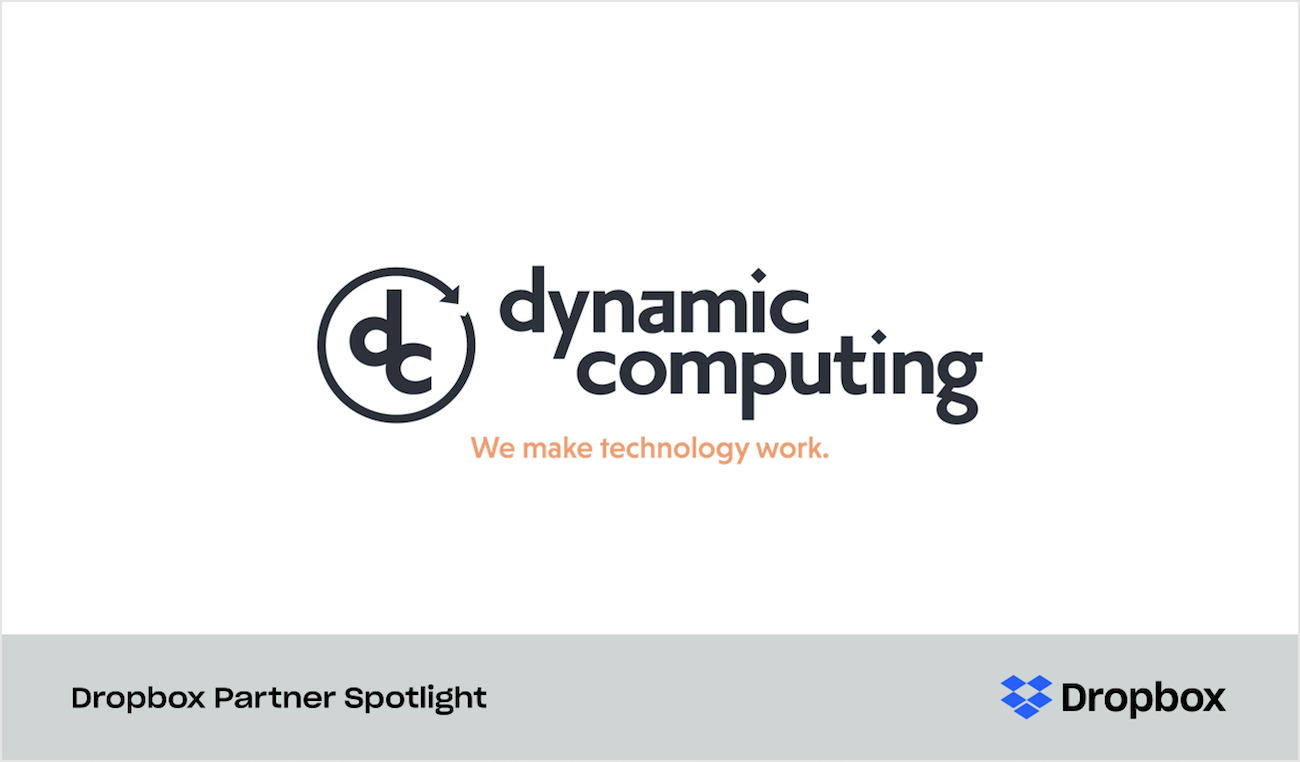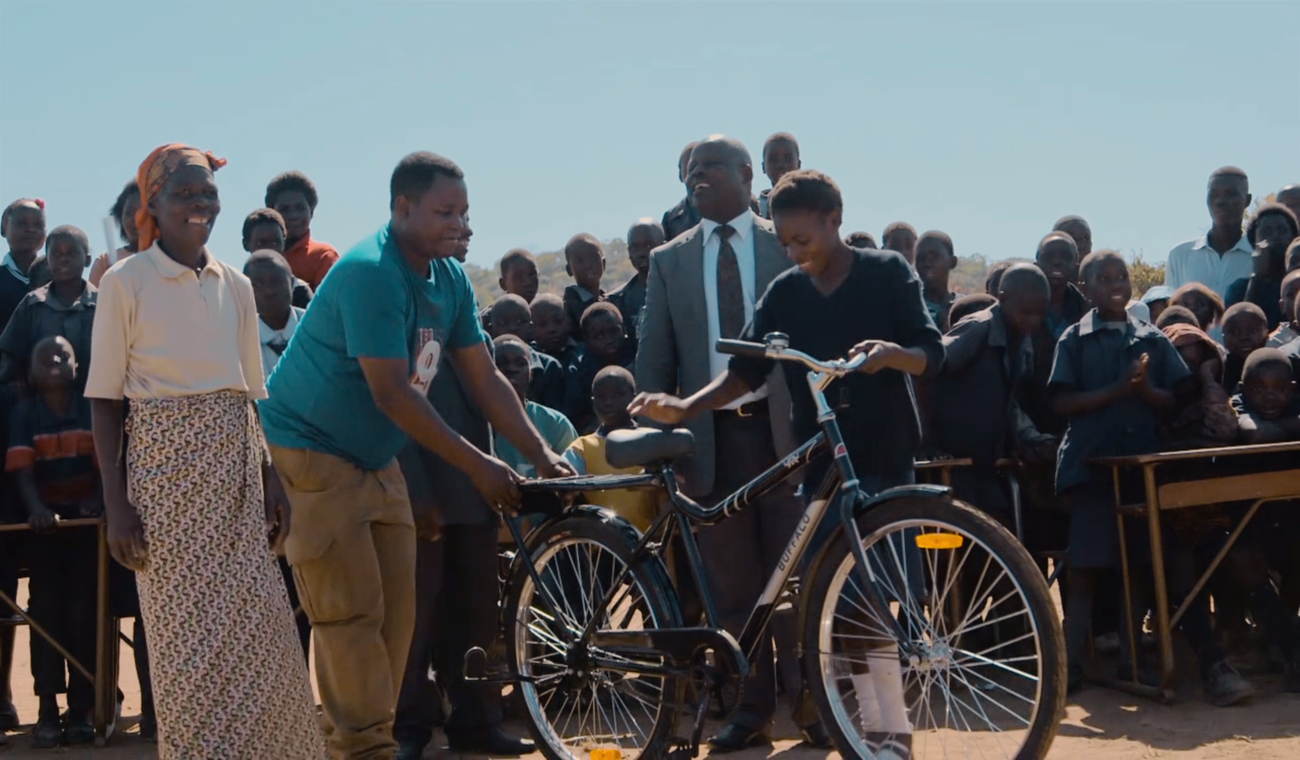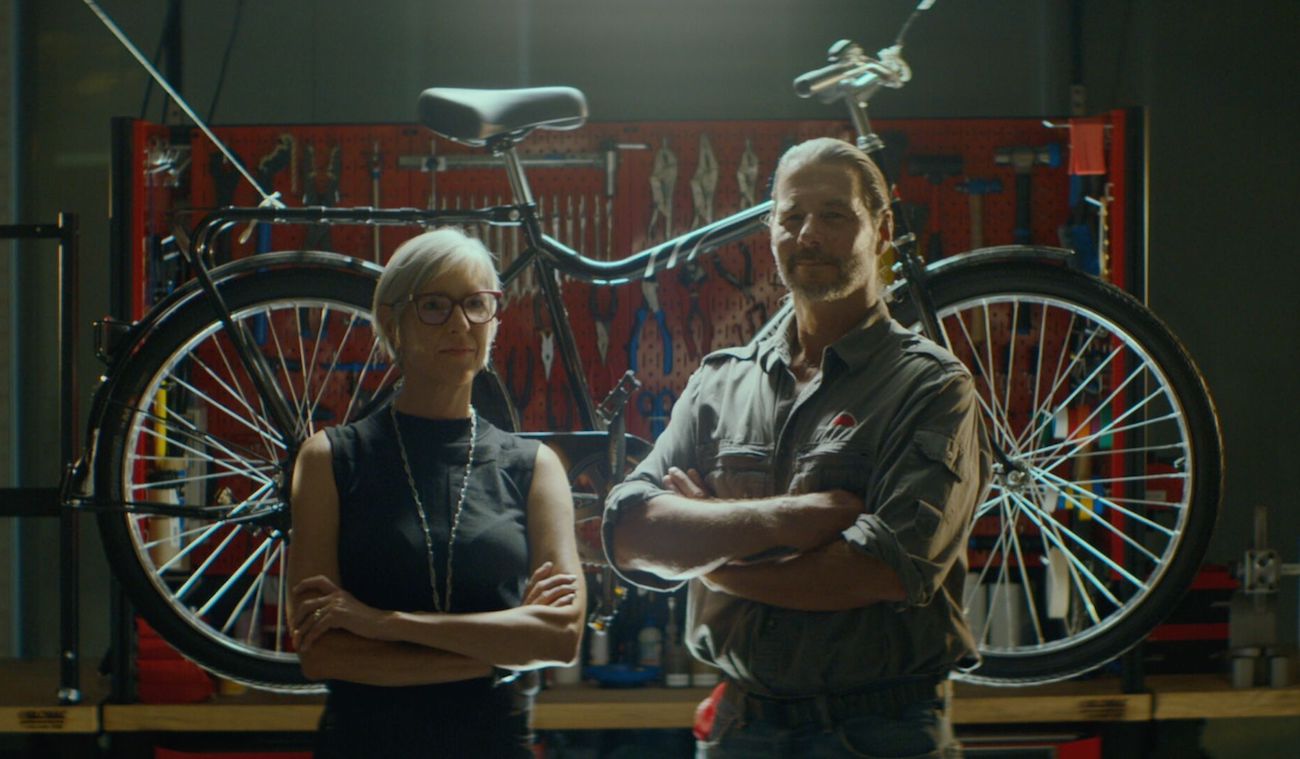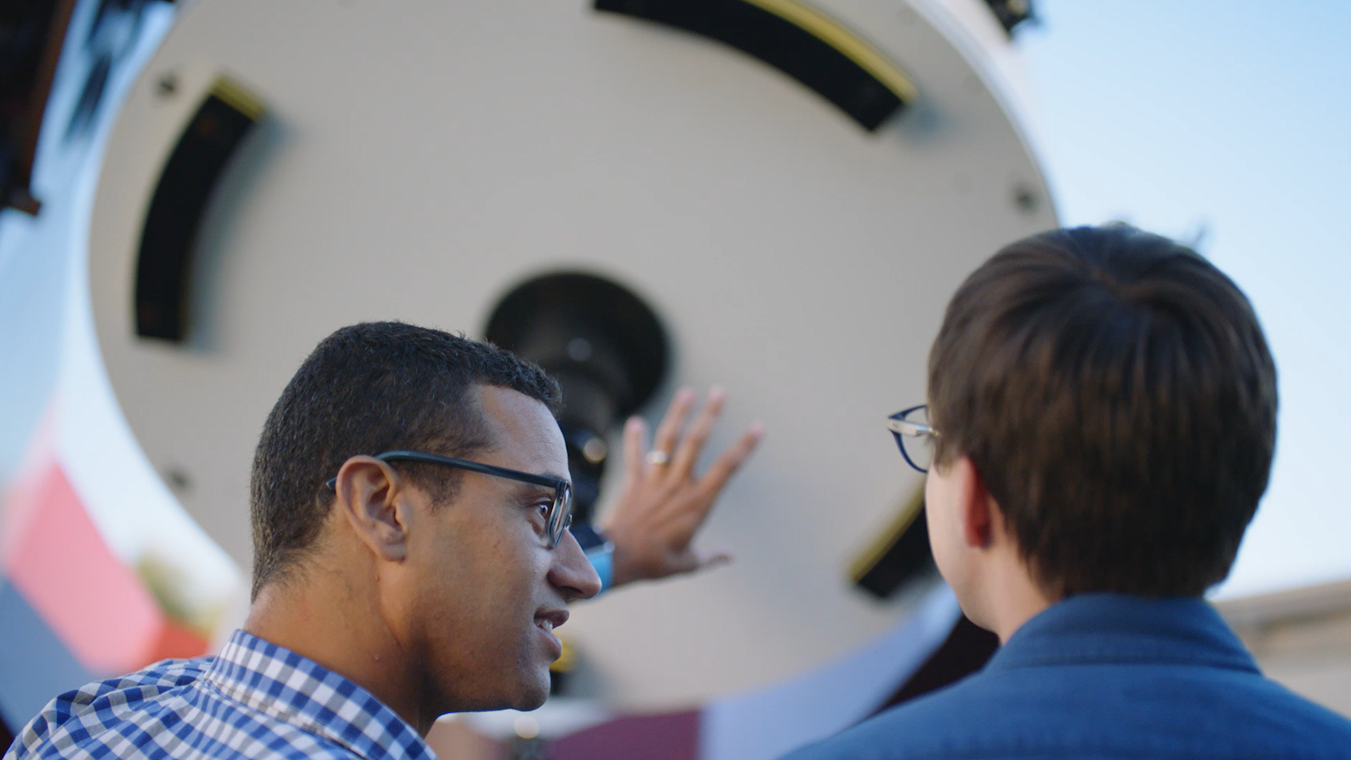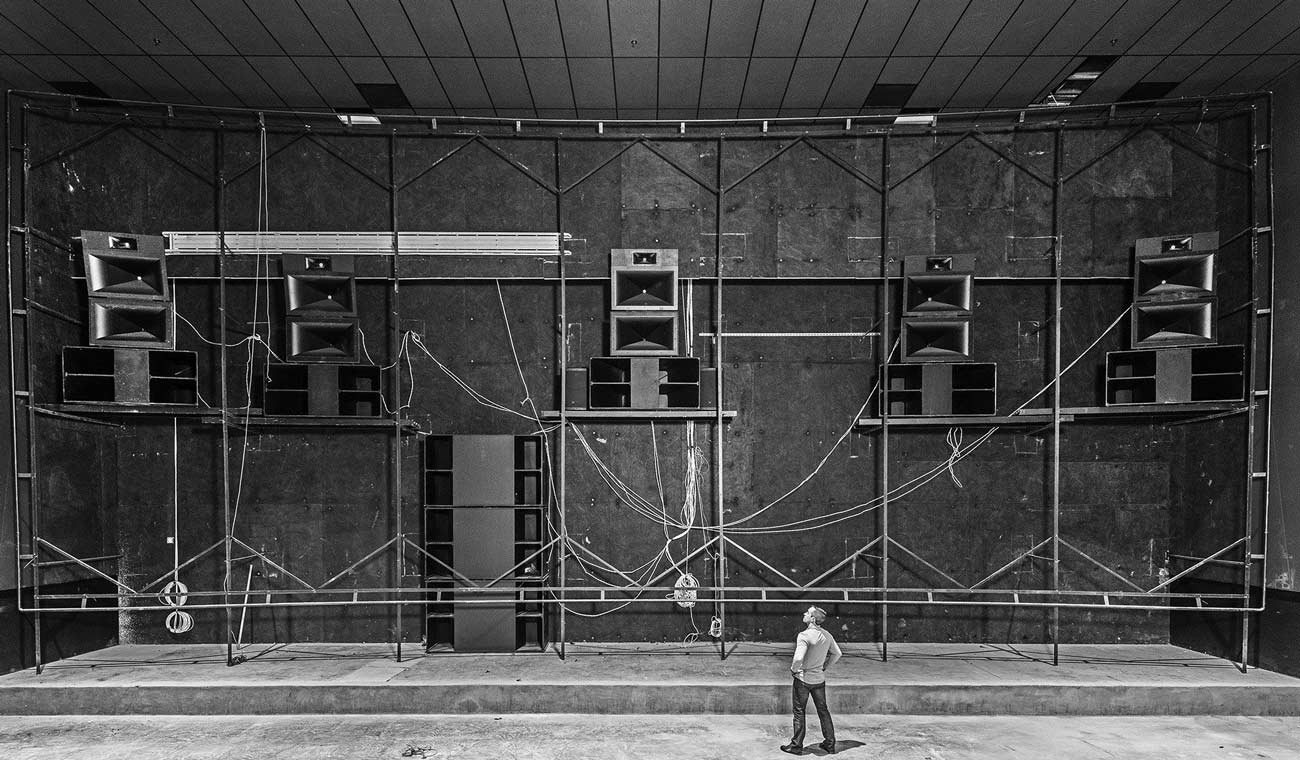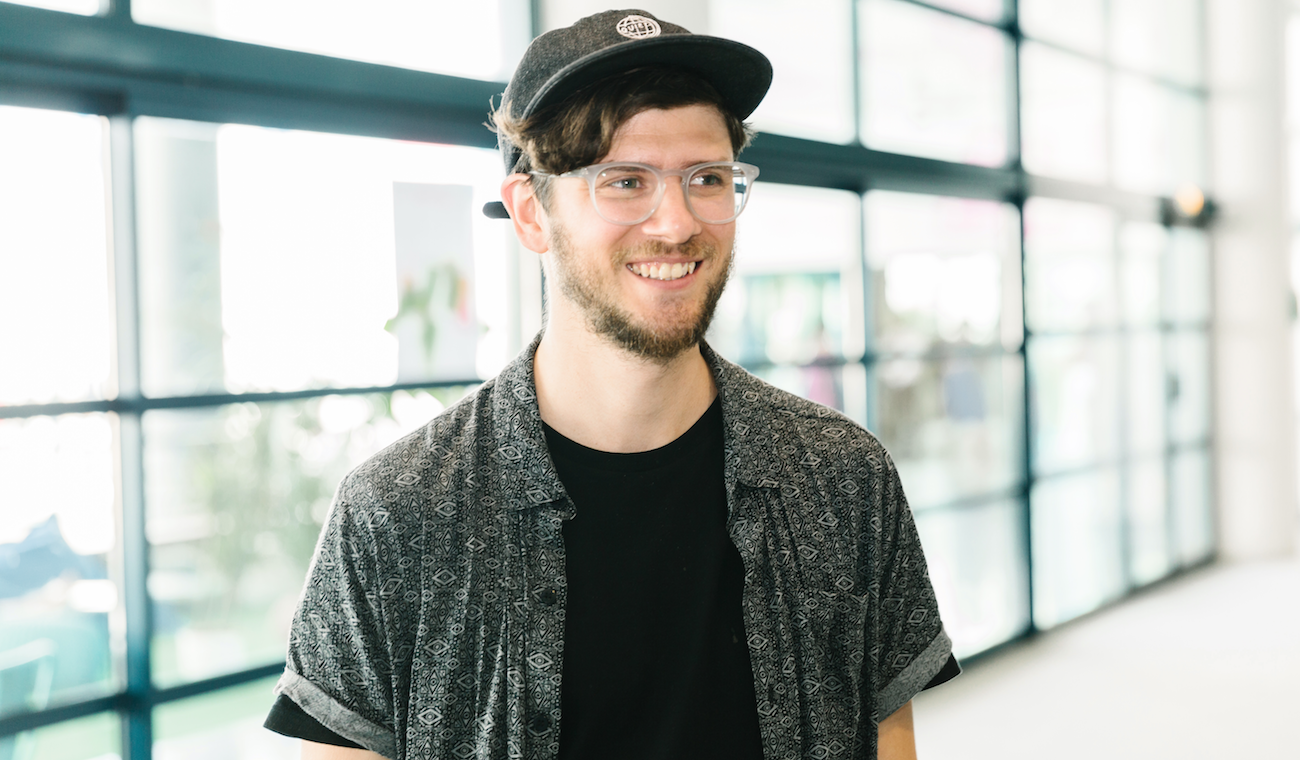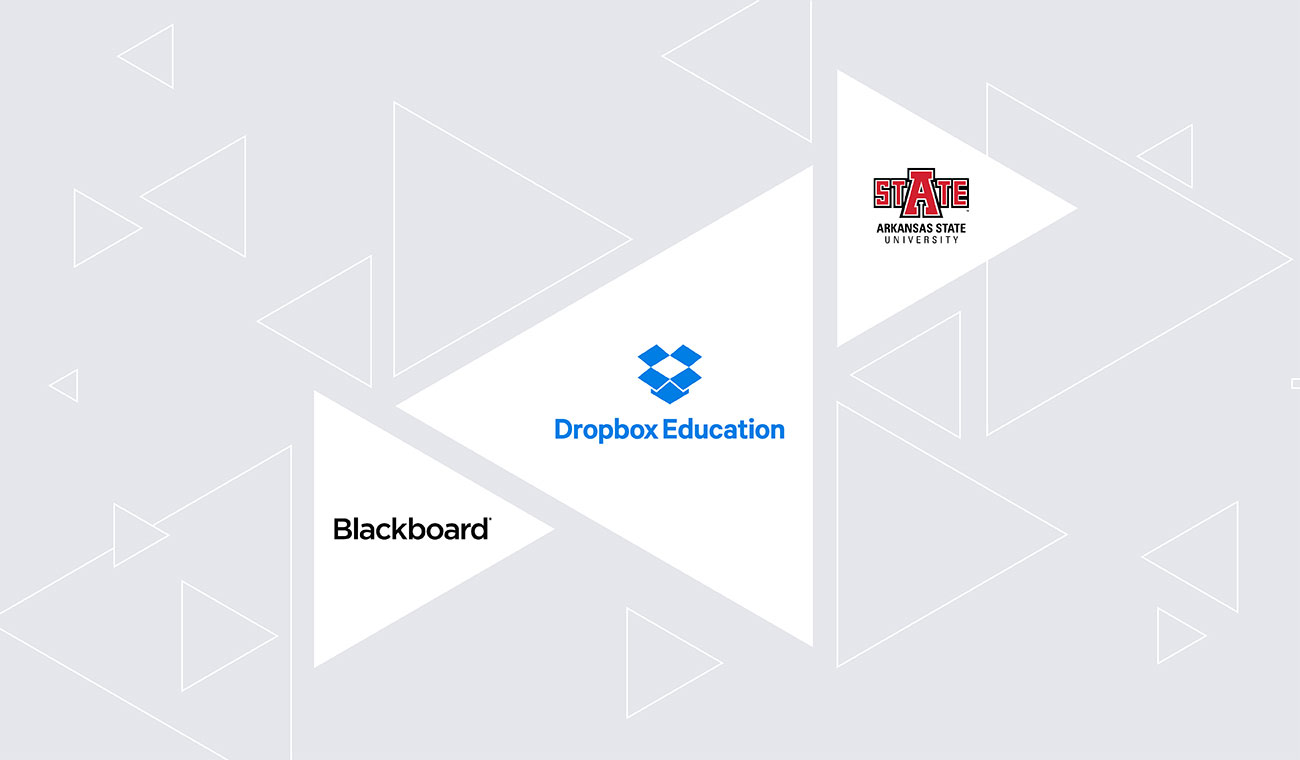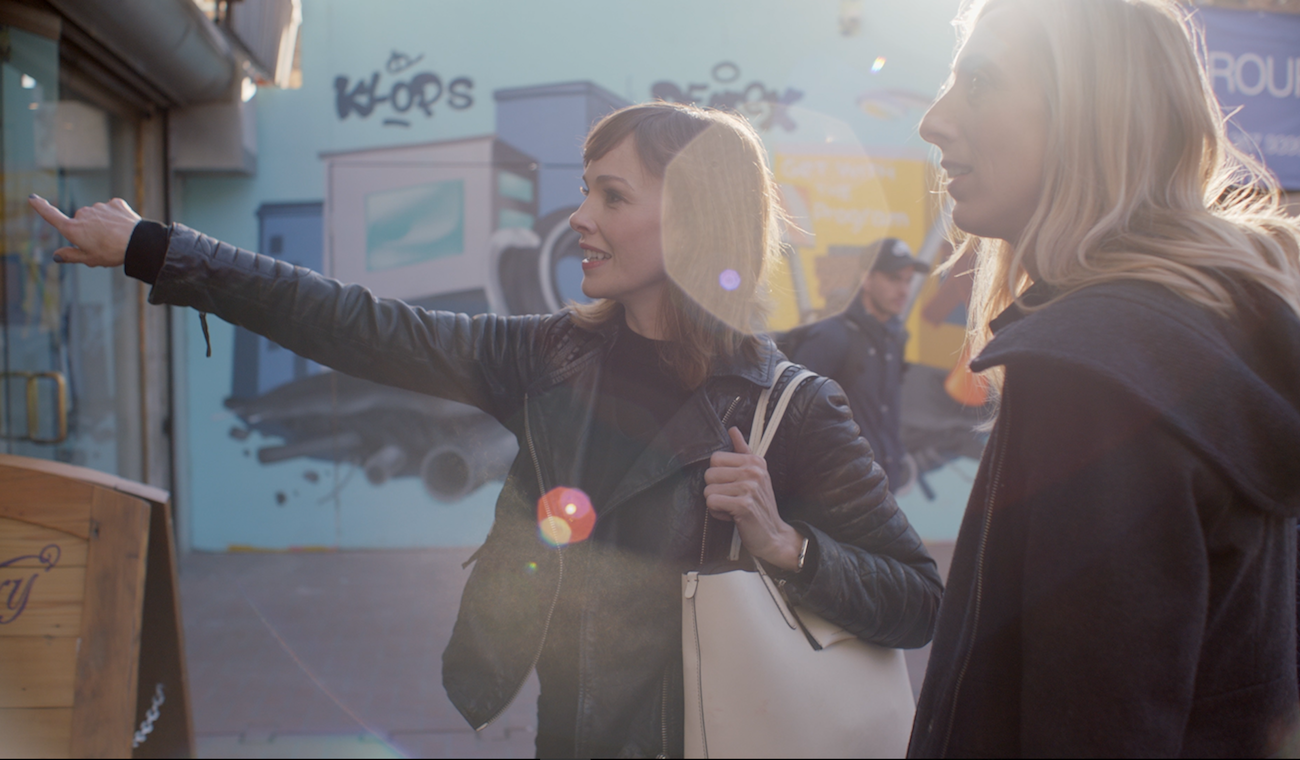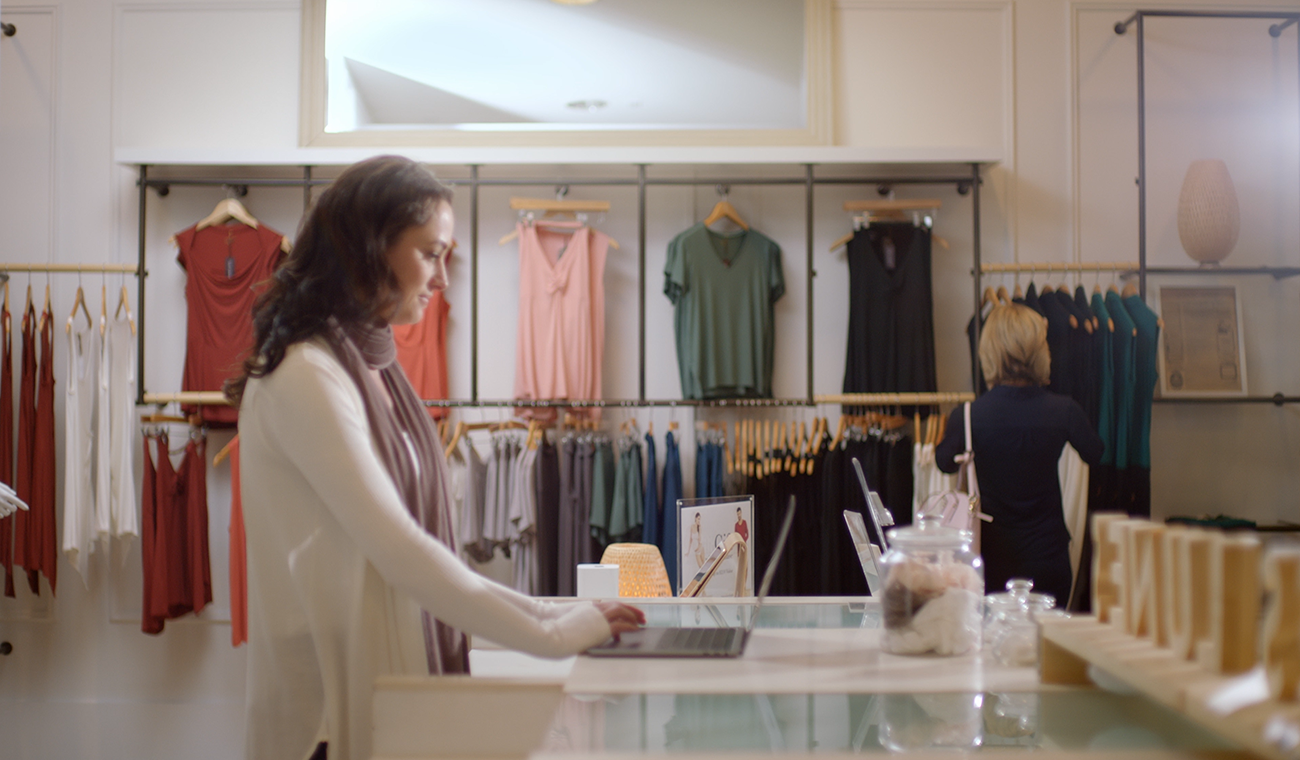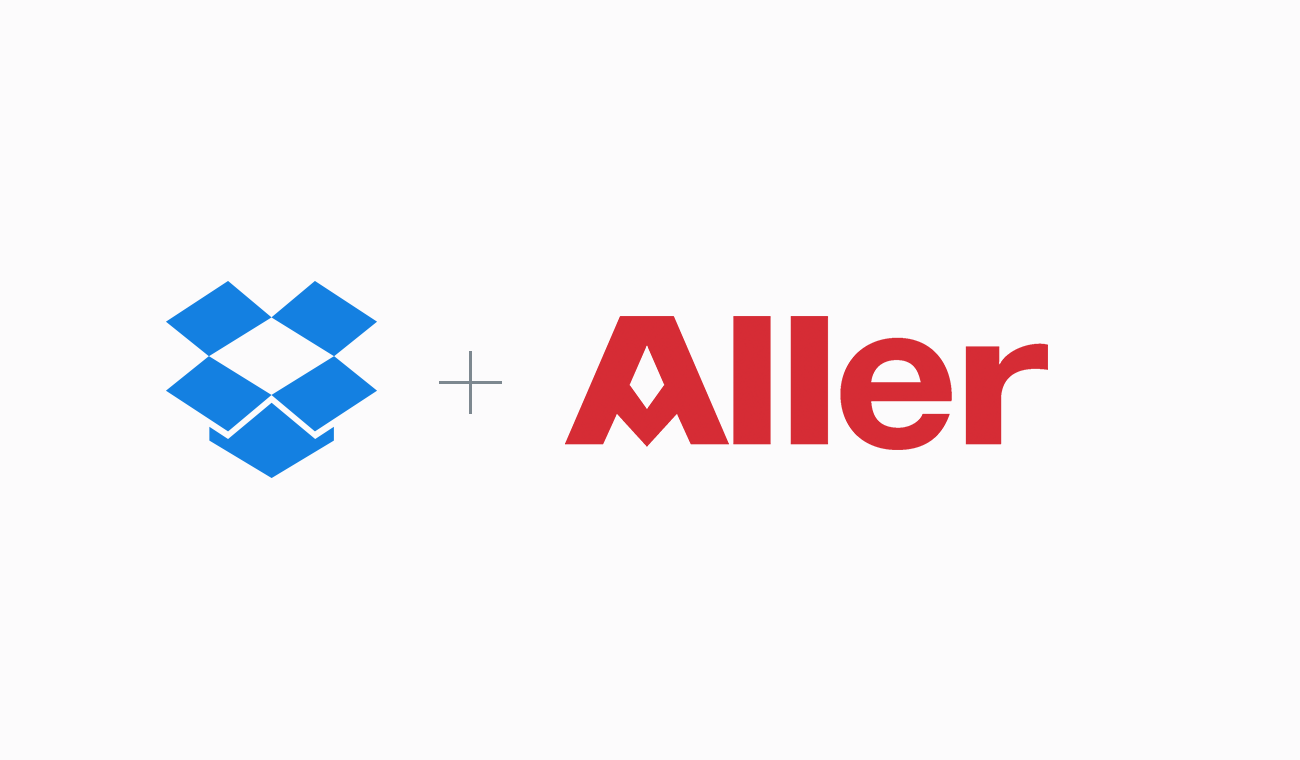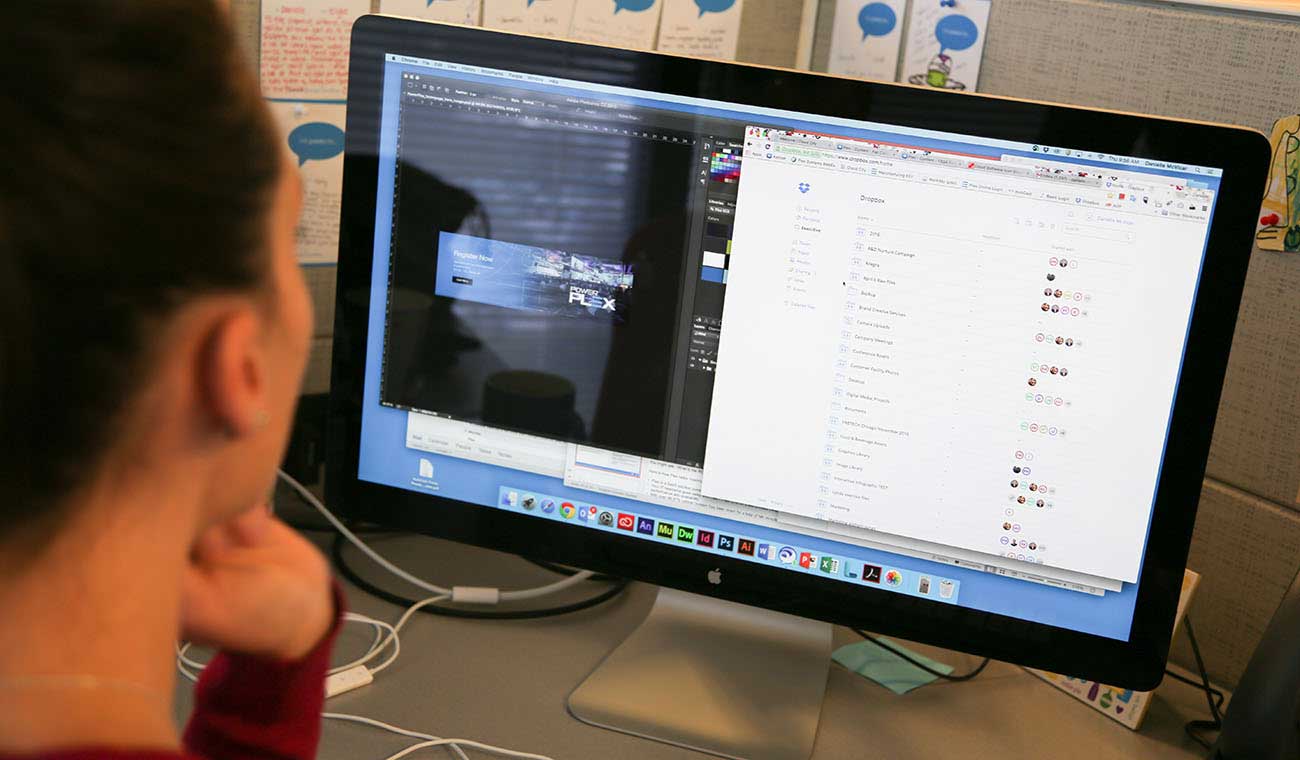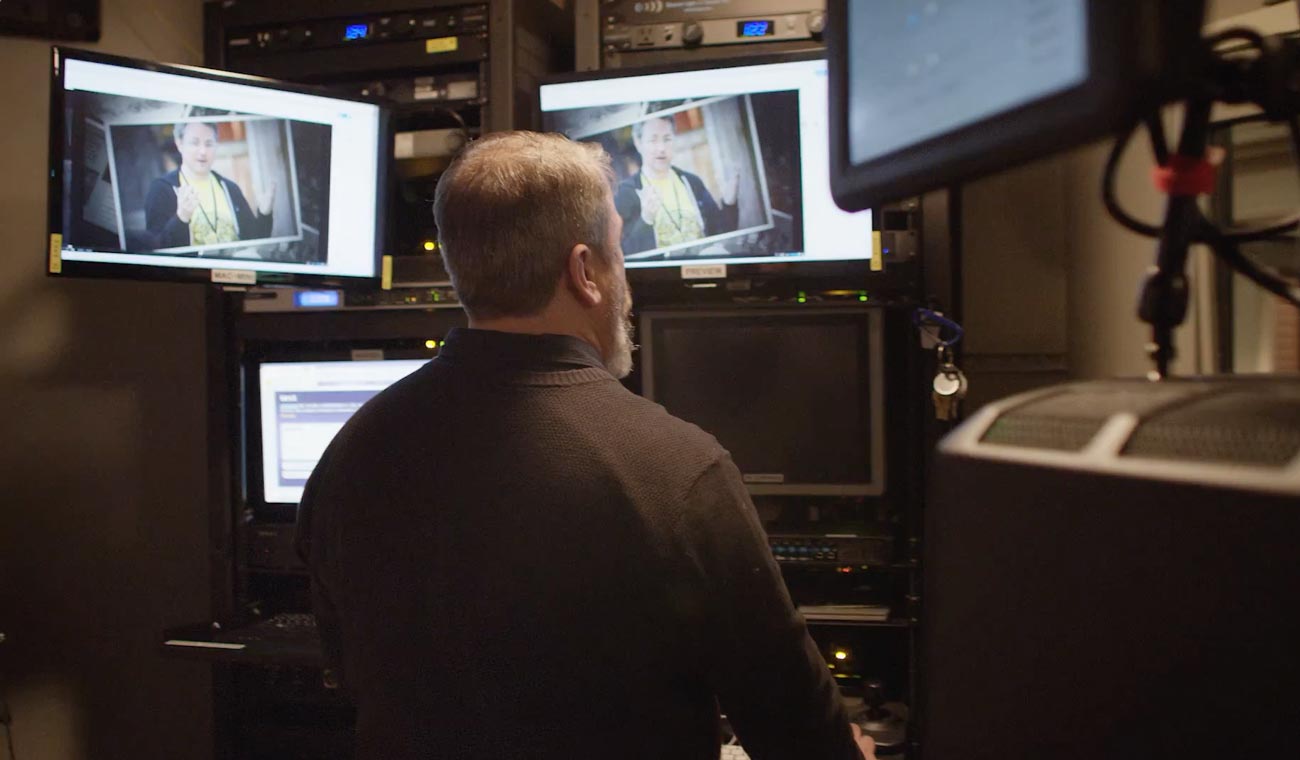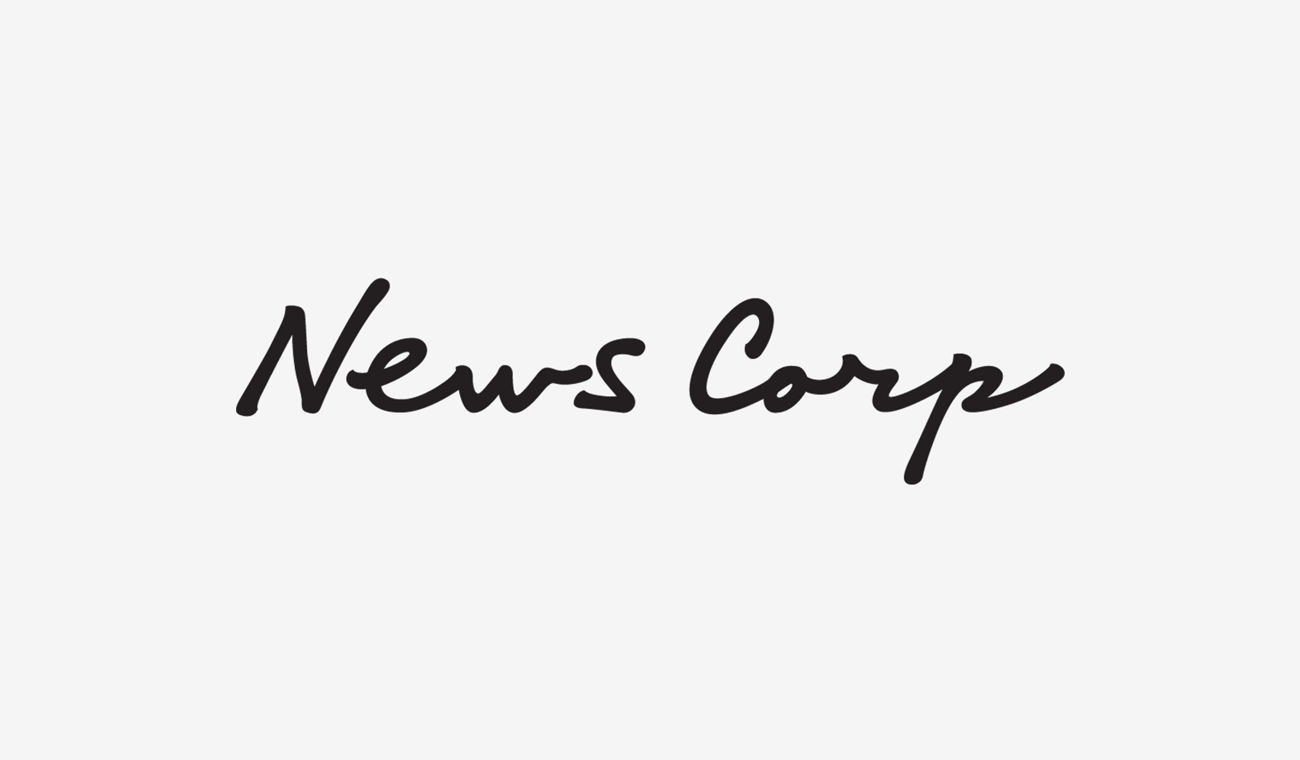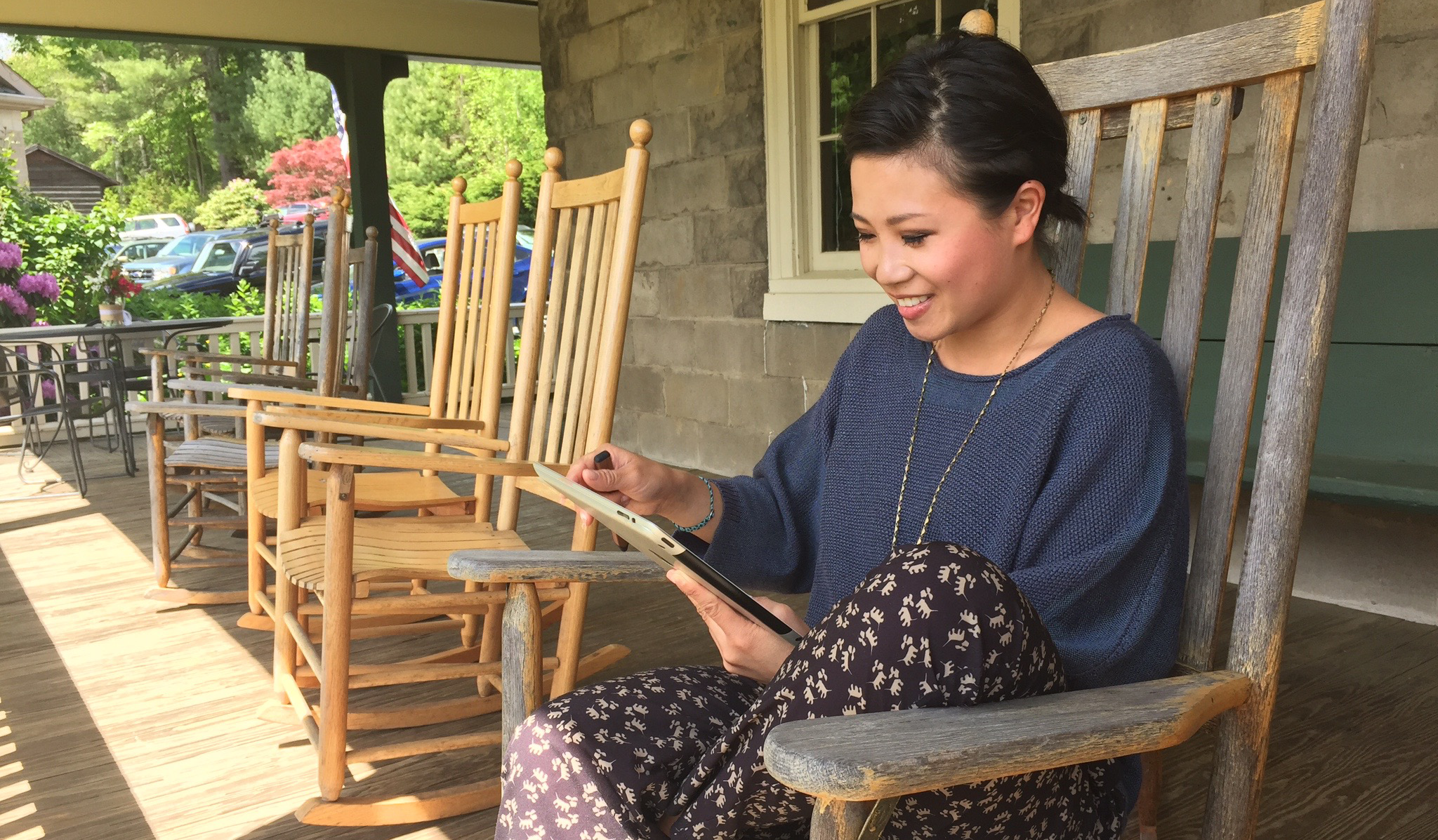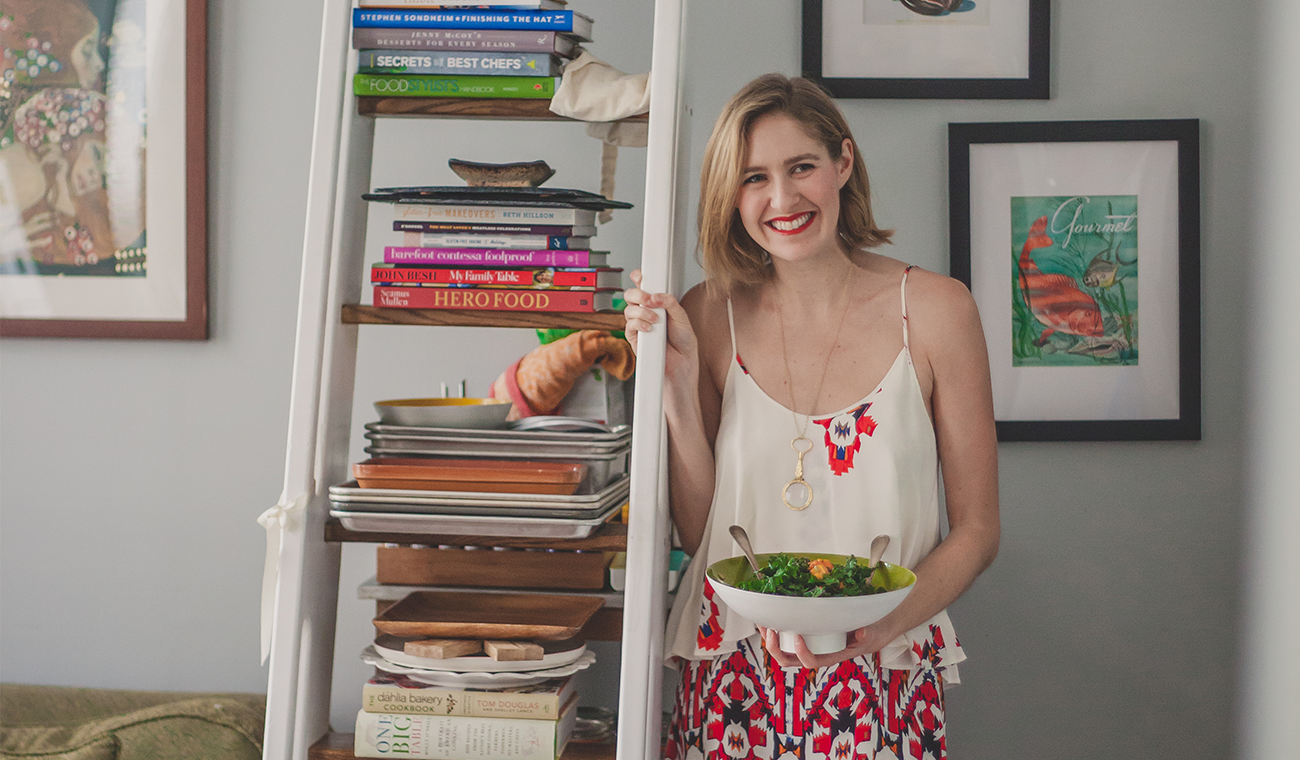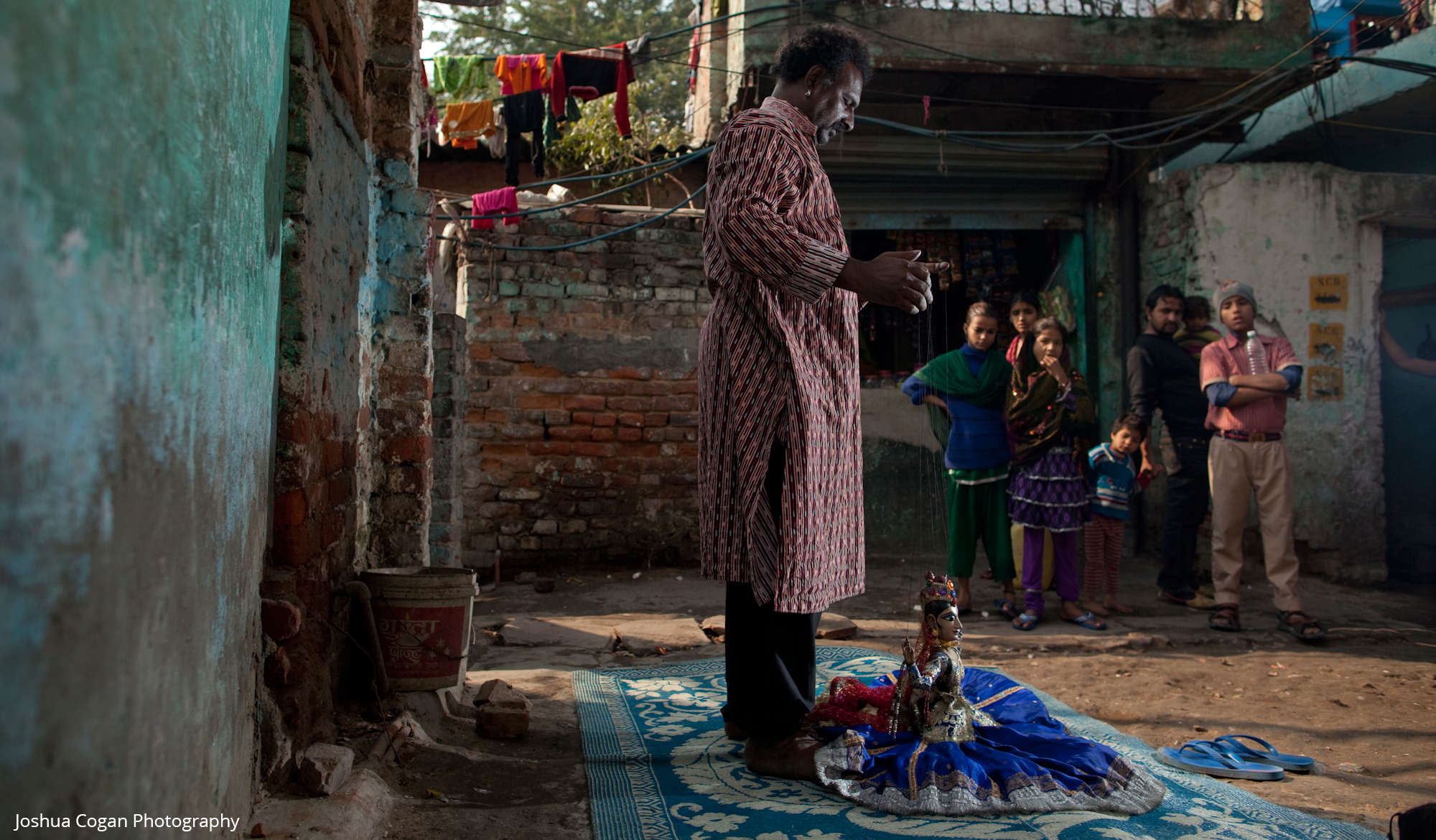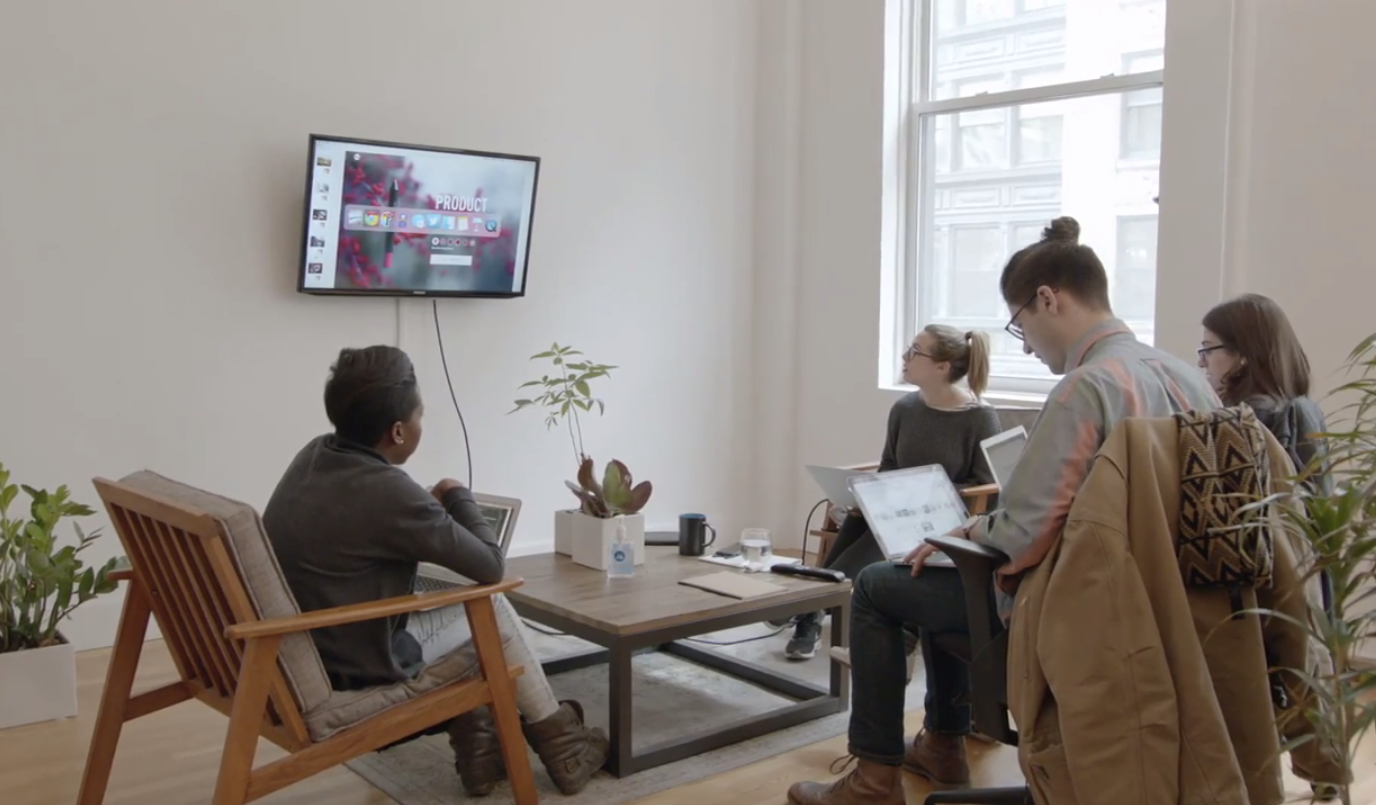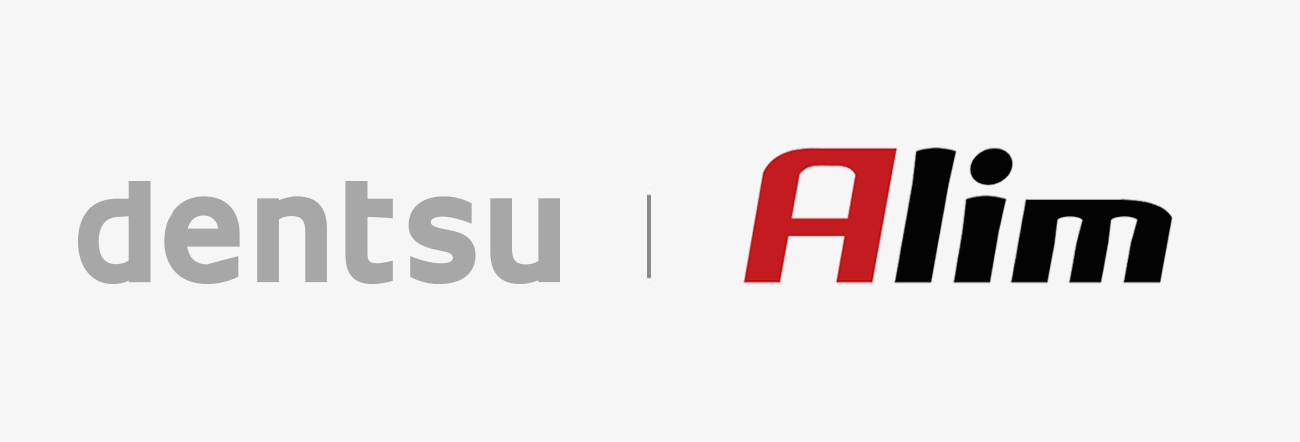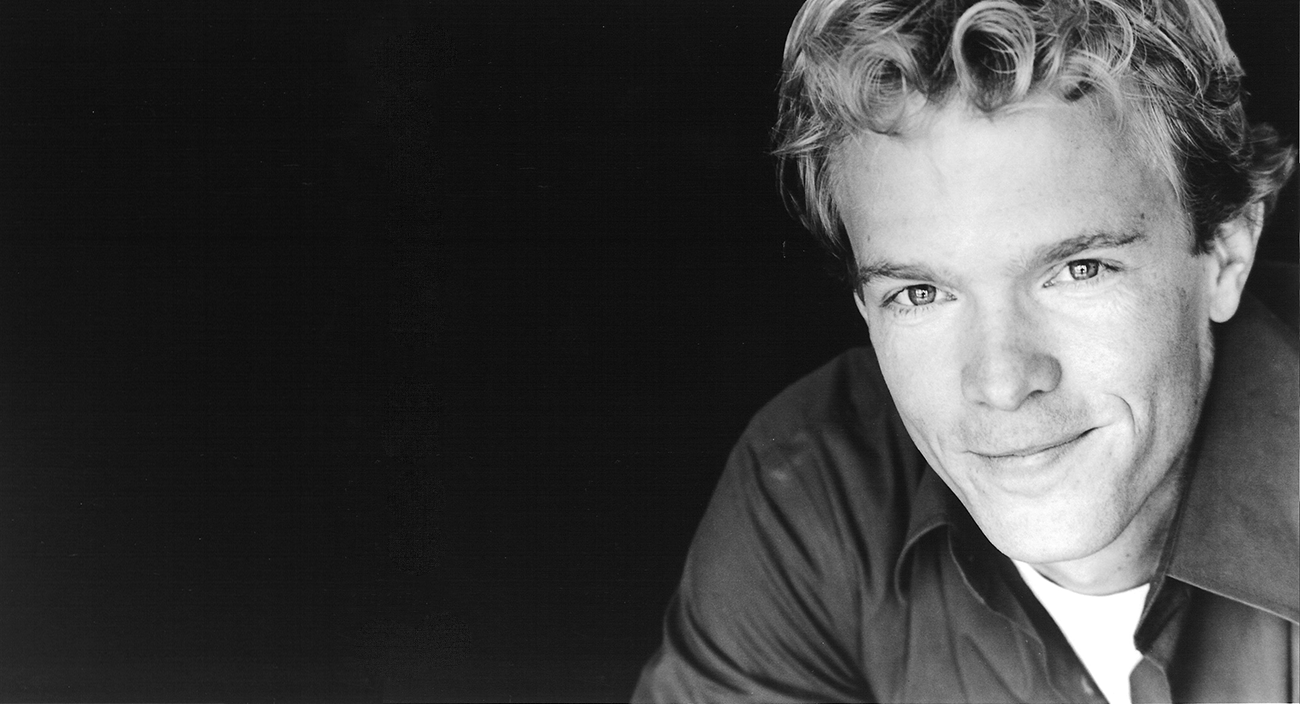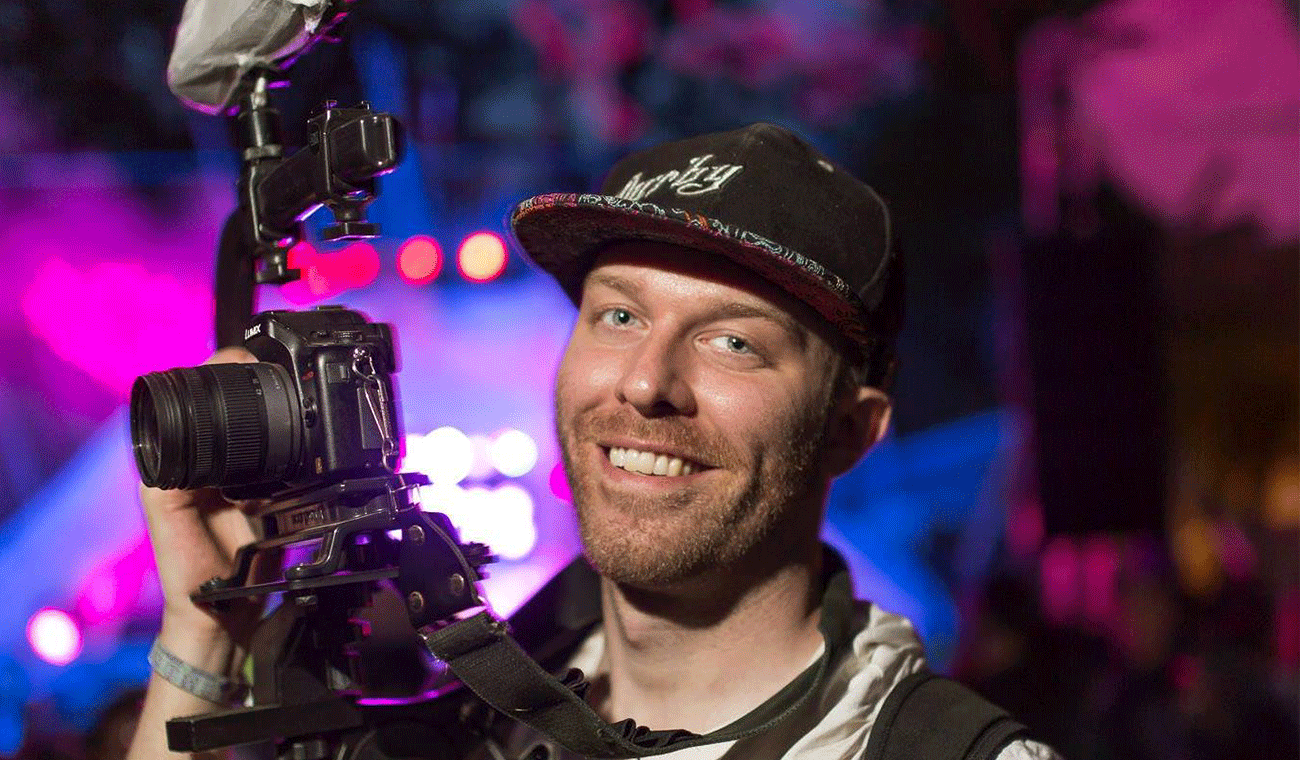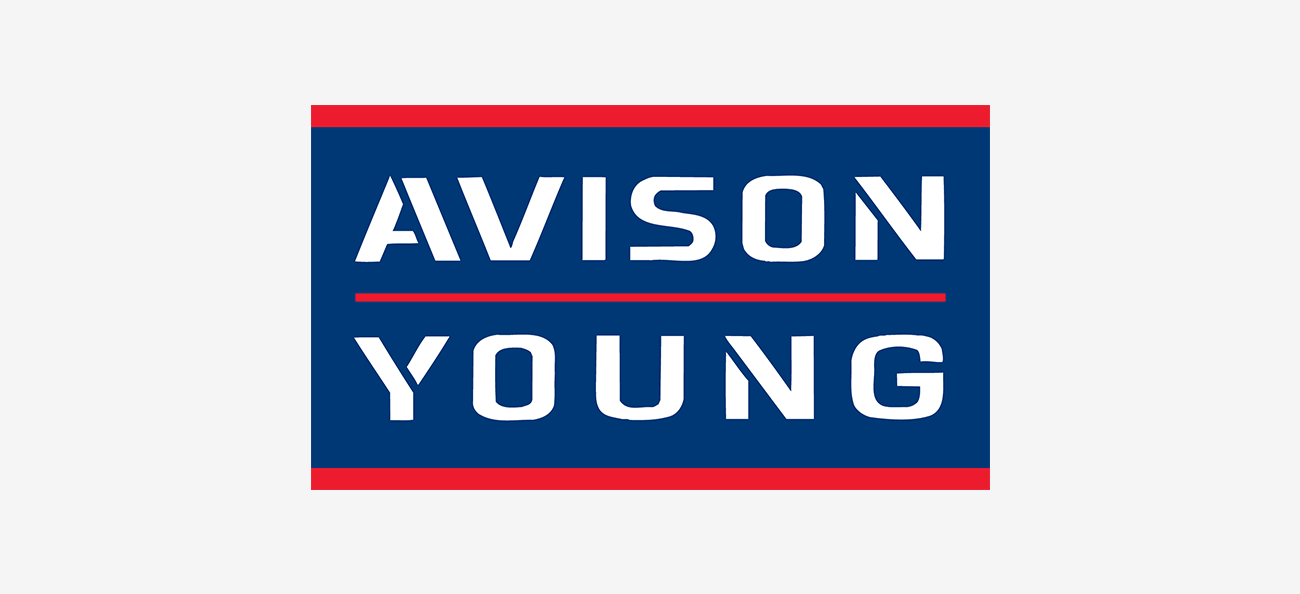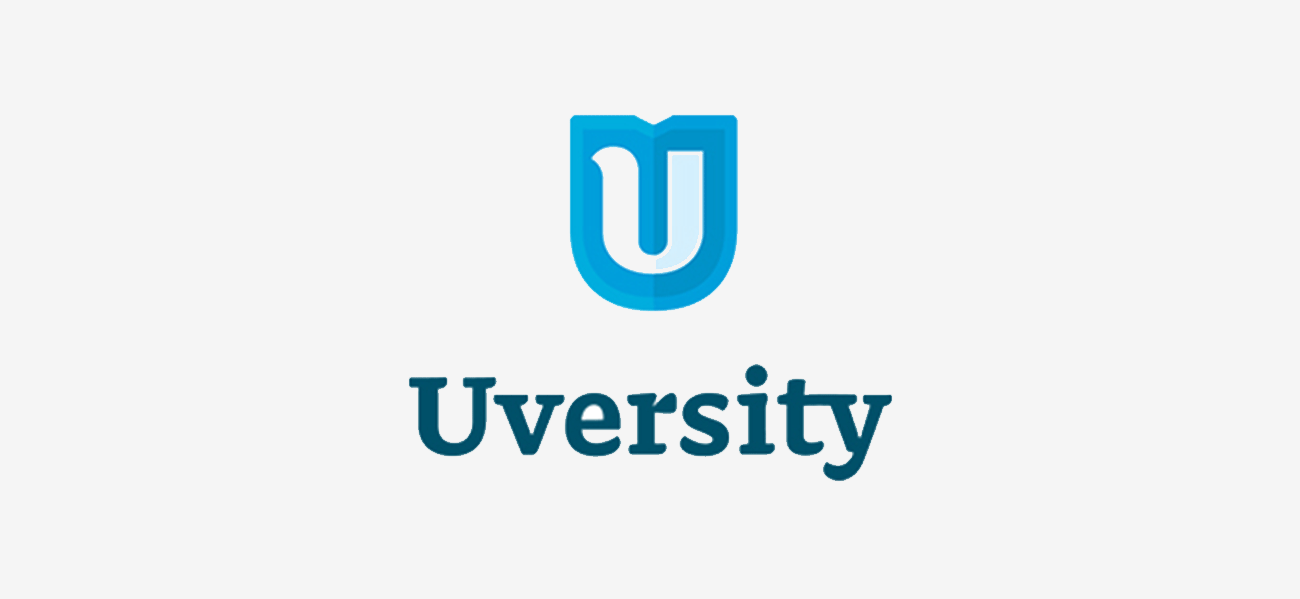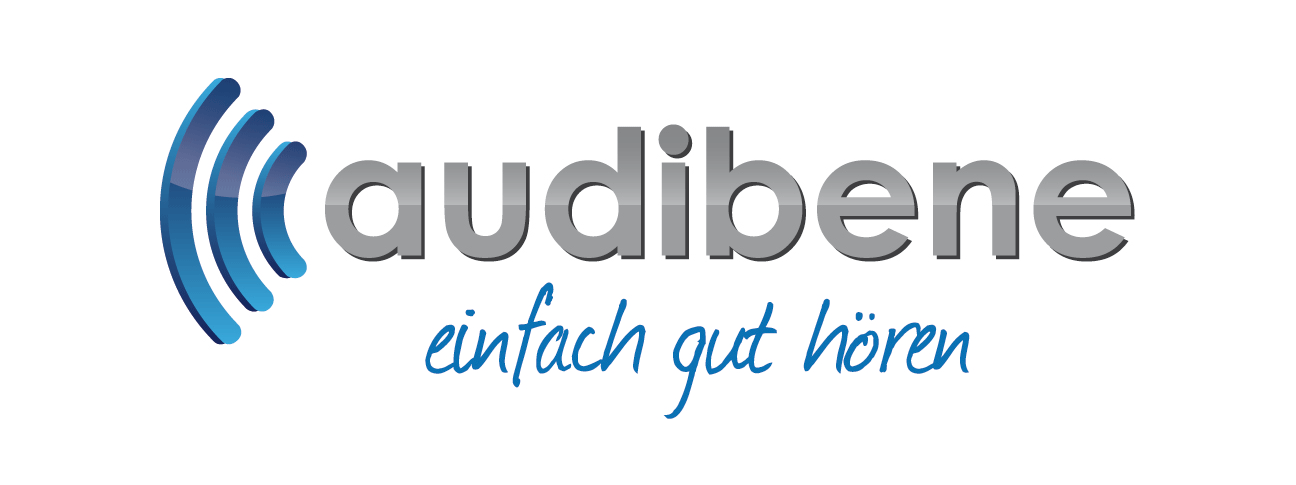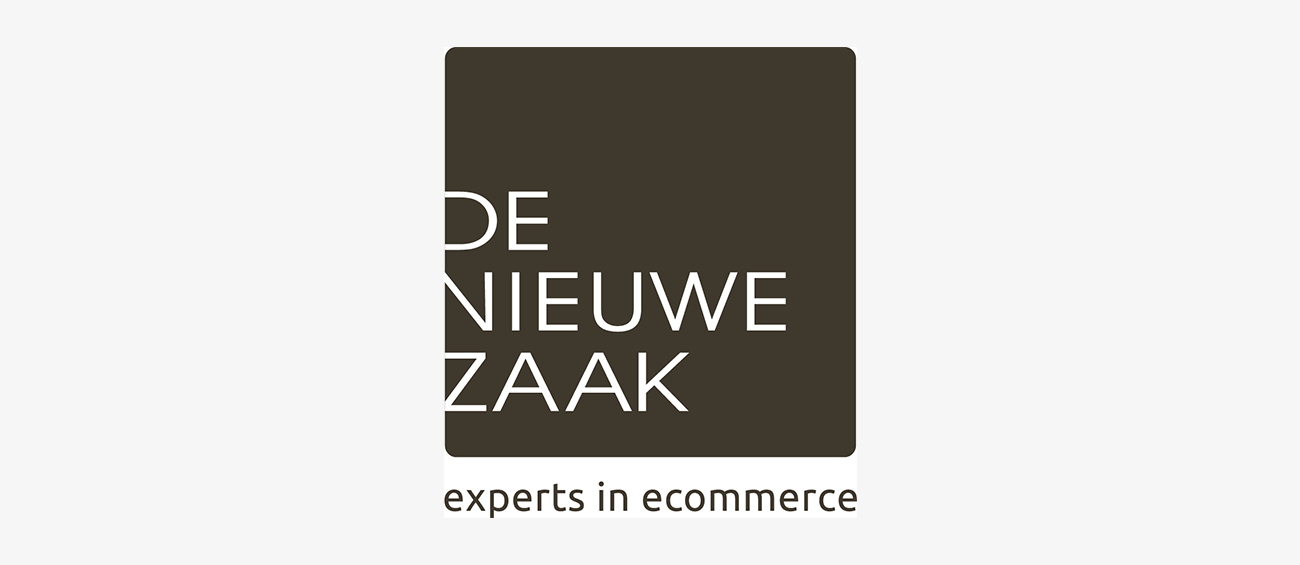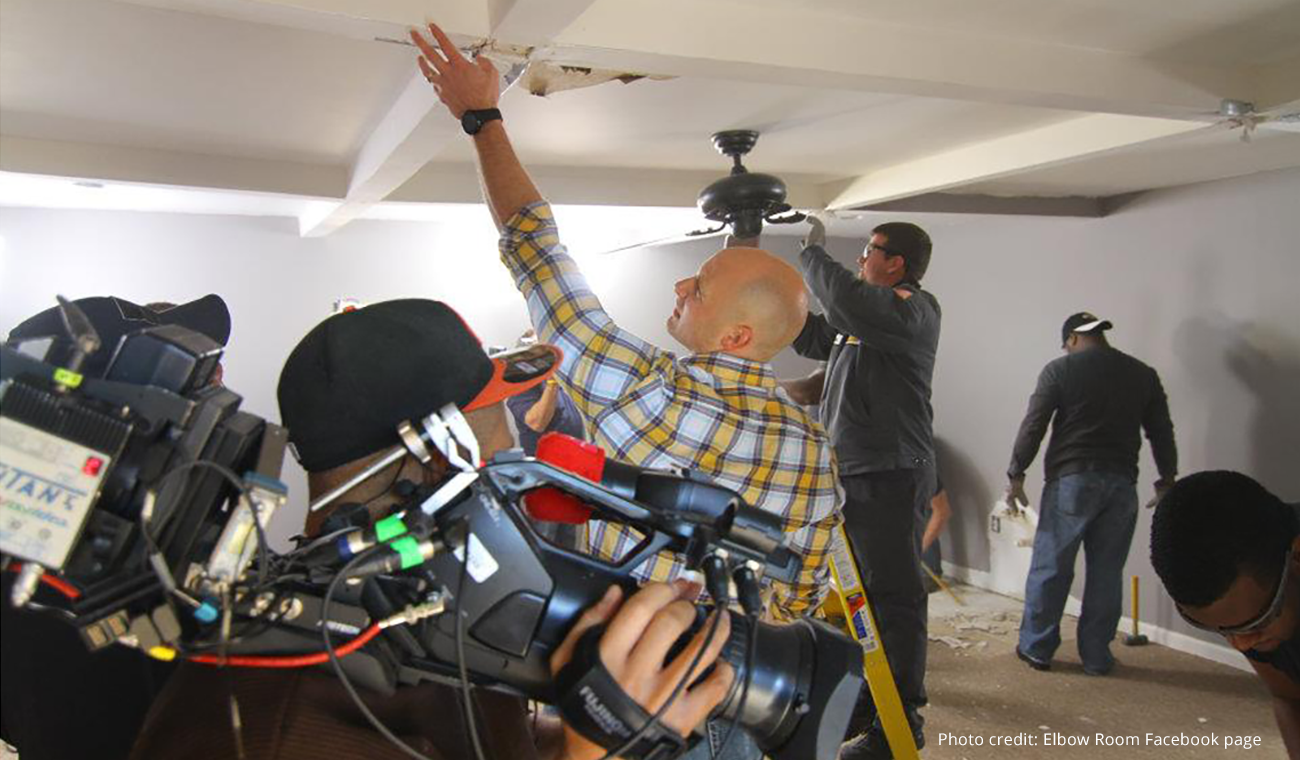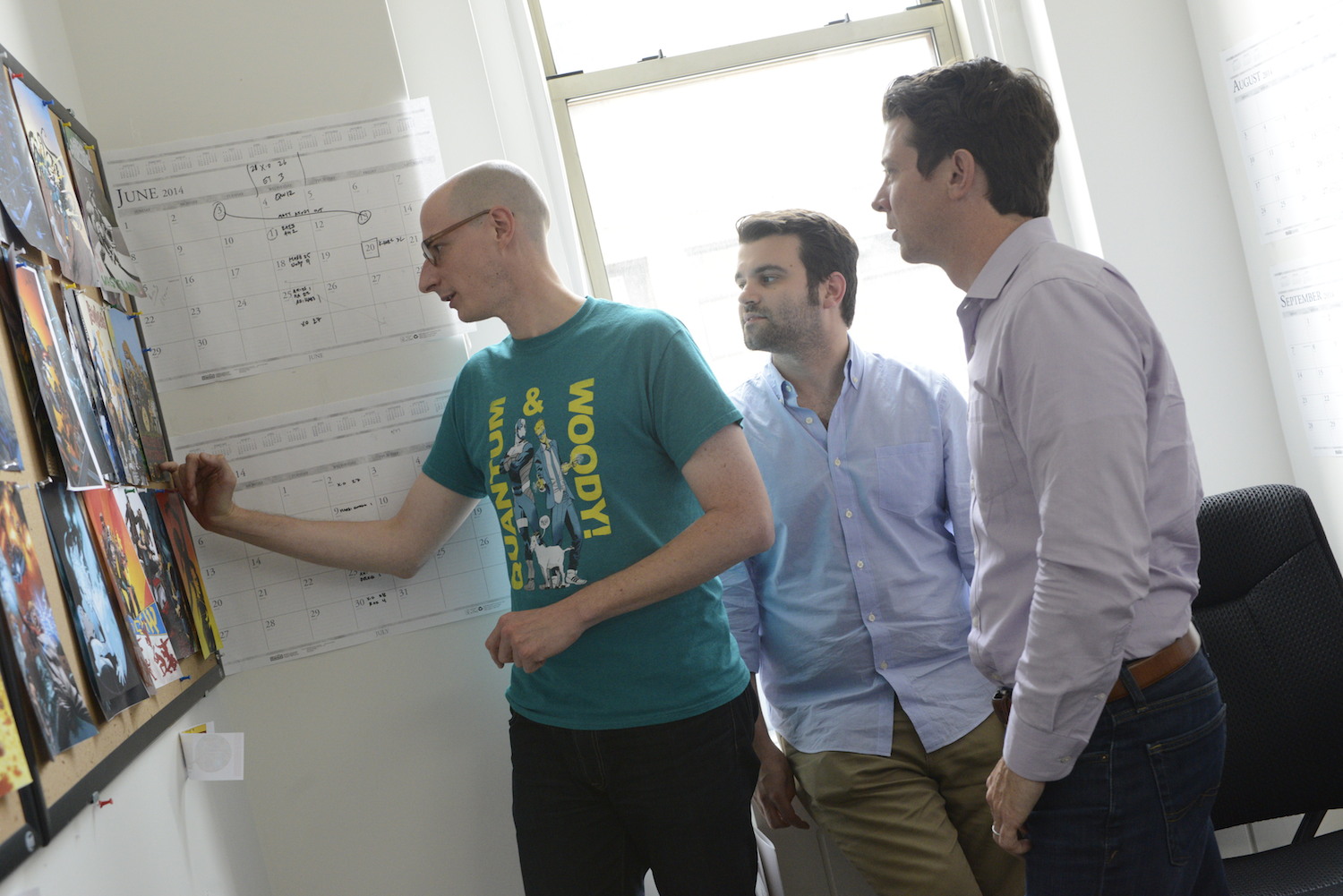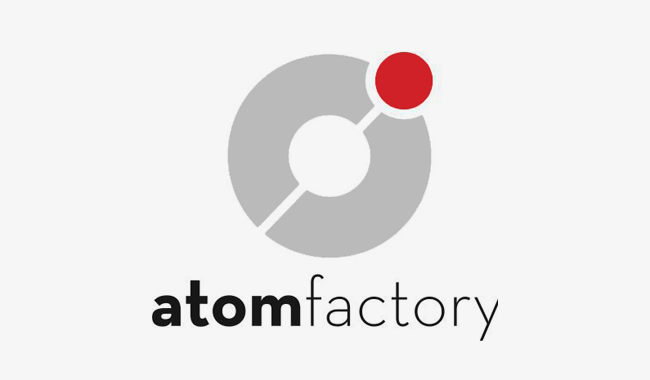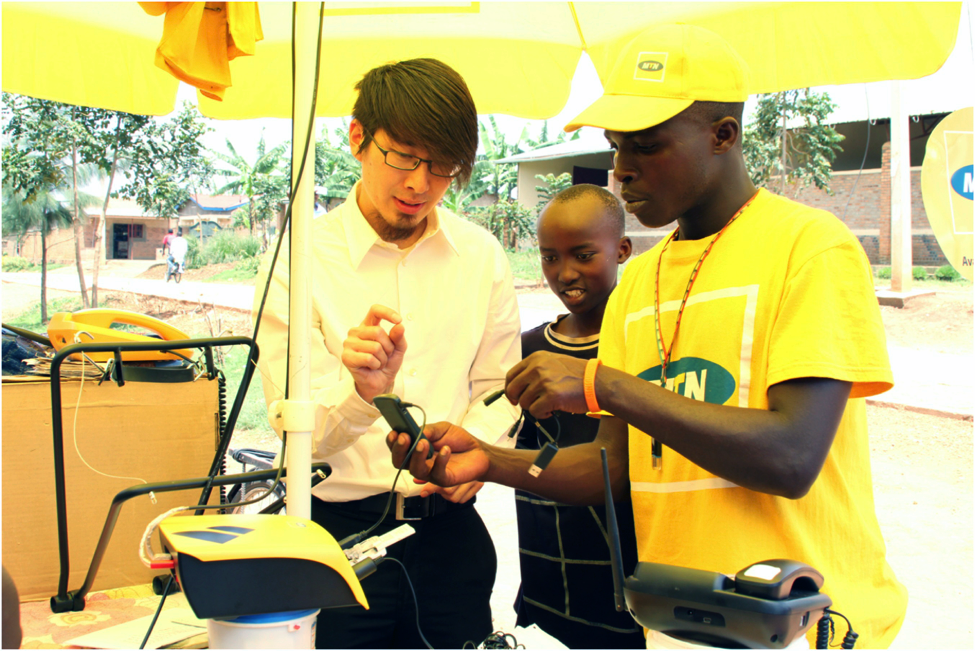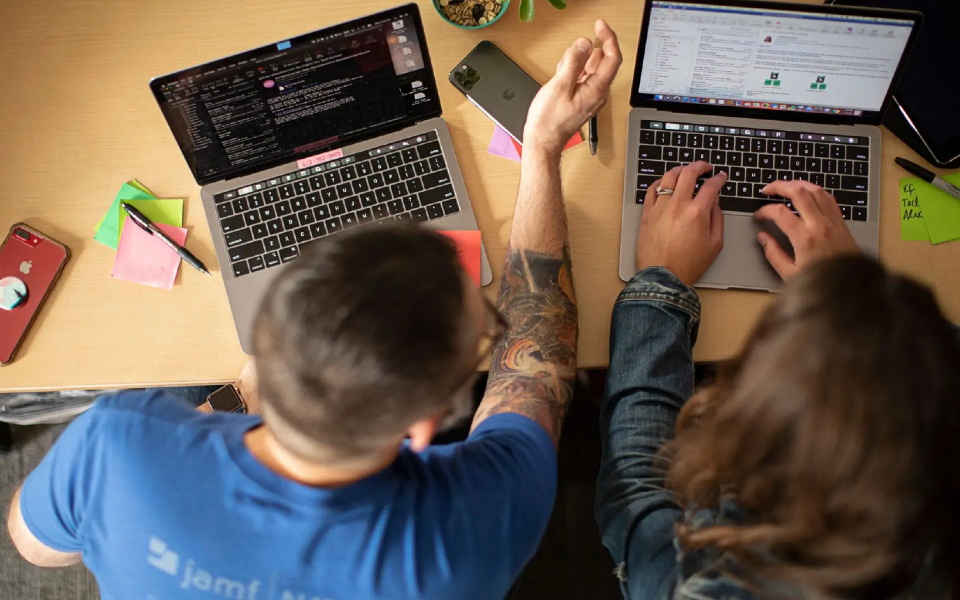
The pivot that turned an Aussie marketing firm into a video powerhouse
Published on June 21, 2024
Social Wave helped its clients modernize their online marketing—only to realize they needed to update their approach, too.
What’s something you’re good at? Like, really good at? Something you could do with your eyes closed, hands tied behind your back? (But not really because you might need them to actually do that thing you’re so good at.)
For co-founders Noel Myaing, Kan Huang, and their team at Social Wave, the answer has always been video. A pandemic baby, the New South Wales, Australia-based digital marketing company cut its teeth on polished long-form content, YouTube videos, and webinars. Then—“with the rise of TikTok and other platforms emphasizing short-form content,” Myaing explains—Social Wave became a go-to for Reels, Shorts, and the like. Their advantage? Finding an easy-to-replicate formula for video creation right as the world was glued to their devices.
“We had to adapt,” Myaing says. “We needed to scale and produce raw, authentic content that stands out amidst the noise."
Social Wave’s clients were having their own pandemic-informed revelation: They needed online marketing help… fast. COVID and lockdowns pressed the fast-forward button for clients who favored old-school approaches—handshakes and physical ads over clicks.
Myaing and Co. became life preservers for businesses looking to meet an unprecedented digital-first moment. And to meet its clients’ needs, Social Wave needed some updating of its own.
“You need to be able to do something that's going to stand out and also provide value in a much deeper way.”
“We were using Google Drive, [but it] capped our workflow processes, which was frustrating for our team,” Myaing explains. “Since we work with up to 100 GB of data from a single video shoot, we found that, in order to collaborate and store our files, we had to [be] constantly downloading and uploading them.
“When we switched to Dropbox,” he continues, “everything was streamlined; it was much easier to share files. We didn’t have to stop in our tracks and think about how to best send a large file.”
Figuring out the right platform to keep Social Wave and their clients’ files secure, well organized, and shareable was straightforward. But, after two years, the formula that fast tracked the company’s growth wasn’t getting the same results anymore.
Myaing tells us, in his own words, how his business found a new way to help clients tell the stories that matter most.
On their origin story…
A year before we started Social Wave, Kan and I were working together on marketing content for a mutual friend who runs an accounting firm. He allowed us to use his business as a sandbox to explore different content marketing ideas. After a year, our efforts started to get a lot of traction—we were able to start generating consistent leads entirely through organic content marketing.
We became known for working with service-based businesses in traditional industries like finance, law, and accounting to educate their target audience through engaging video, graphic, and written content.
We were very fortunate that we had a lot of interest. In order to meet that demand, we focused on standardizing our processes to help us scale more quickly.
On their turning point…
We worked with SF Capital, a mortgage- and finance-broking firm that had a very formal content style. For a year, we produced weekly, evergreen YouTube content that didn't perform as well as we hoped.
During this time, there were a lot of things happening with Australia’s housing market: Our housing supply is considered low by international standards. On top of this, inflation, higher cost of living, and high interest rates are also placing many Australians—both homeowners and renters—under financial stress. Because this client works mostly with families that depend on home loans, we knew we had an opportunity to inform their customers.
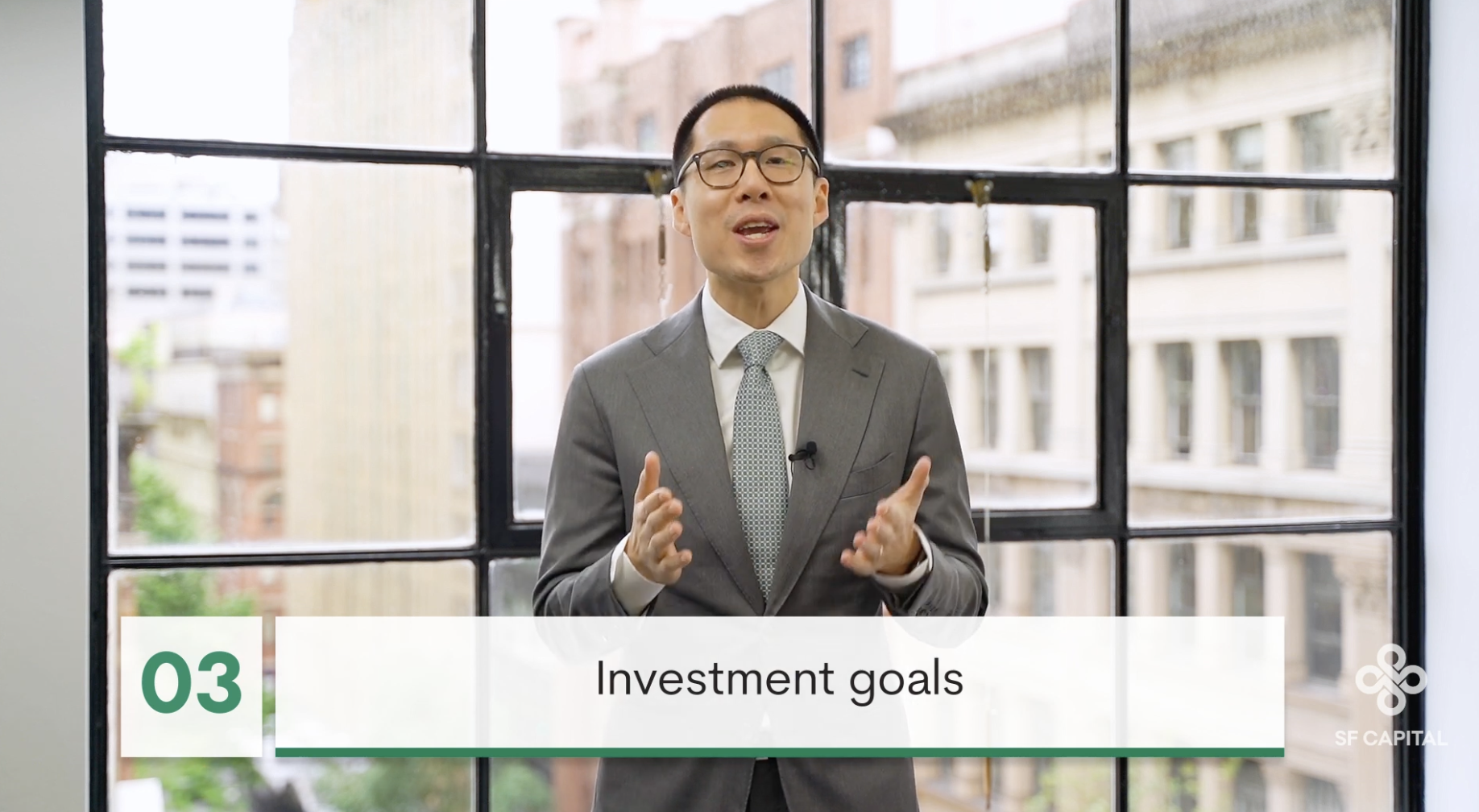
Everyone at Social Wave consumes a lot of content, and we’ve always been fans of the type of investigative journalism you’d see on Vox. When the Australian housing crisis intensified, we shifted our strategy and changed the videos to be in this journalistic style.
The first one was on the fixed-rate cliff, which was a mortgage cliff where interest rates were jumping back up after an all-time low in Australia. That video performed better than the more formal style of videos we’d been doing for a year.
We thought, Let's cover the biggest thing that everyone's talking about. So the second video was on the Australian housing crisis—and it performed significantly better than anything. It's still a viral video that is trending even now: 200k views and counting in the past four months.
On changing up their style…
We stripped production back completely and focused on getting it right. I think what really worked with that video was the storytelling. Instead of it being a boring documentary with facts and statistics, we really touched on the emotional resonance of the topic: a housing crisis that affects everyone in the country. Really tugging at the heartstrings a little bit and getting people emotionally invested, and then being able to sift through the rest of the data and be like, Oh, yeah, this makes sense. All these reasons explain why this is happening.
So this 20-minute video took us a month to produce, rather than the usual week. Our entire production workflow and file management is on Dropbox—it's pretty much the infrastructure our business is built on. We recorded content on cameras or phones, put all the files to Dropbox, and were able to access it anywhere on any device. Immediately after a shoot, we can just upload it to the cloud and know that it's in the right spot, and you can send it to the right person to do what they need to.
On collaborating with their client…
All of our clients have a dedicated Dropbox folder where they can access completed outputs—videos, graphics, or written docs—and leave comments. They are organized into folders for review stages: First Draft, Second Draft, and Approved.
This client is very into data, so they were able to give us research on all the statistics around why the housing crisis in Australia has happened. Everything from policies for developers to population growth to historical housing data, interest rates, and inflation.
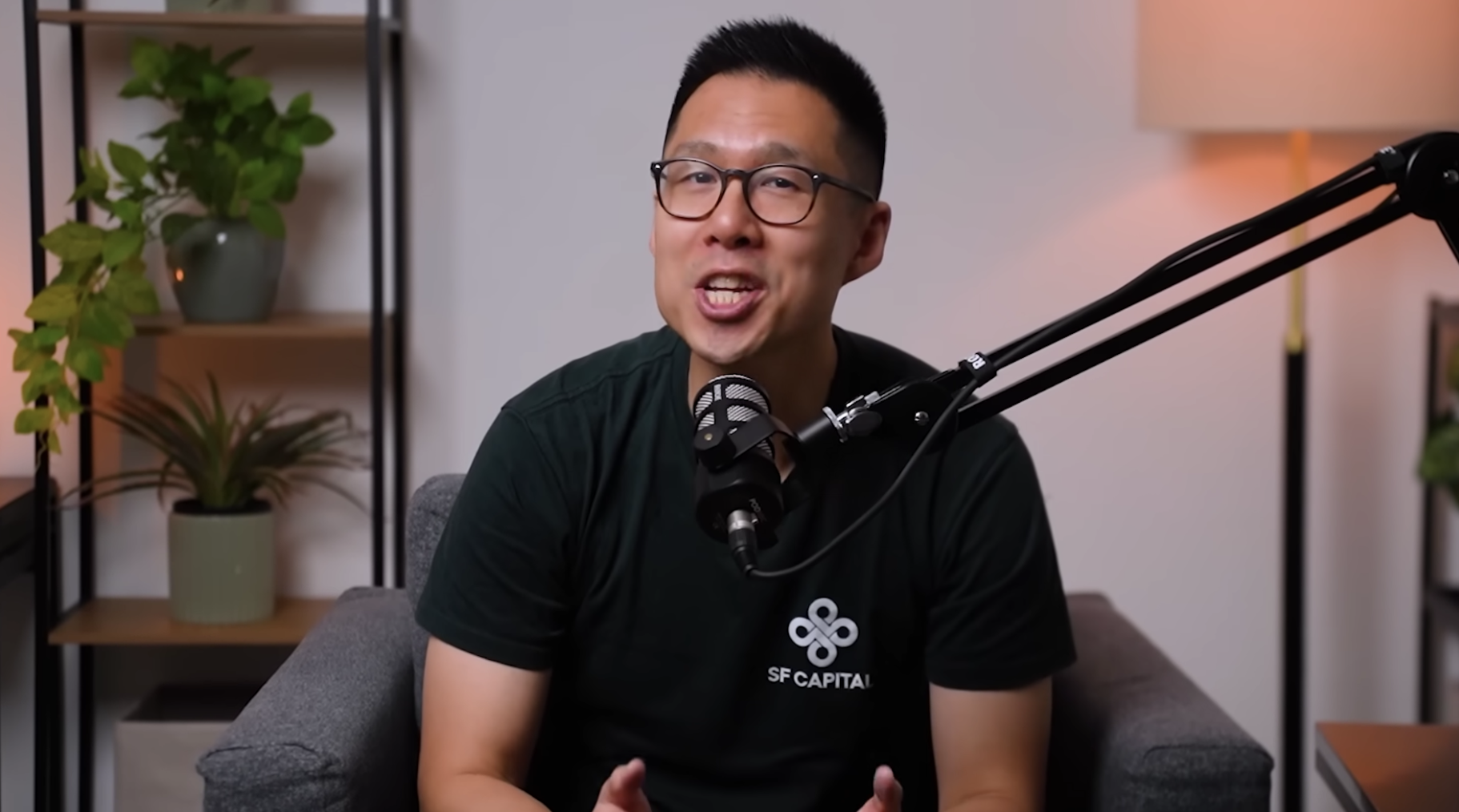
Security is very, very important: We have our data and our clients’ as well. We have NDAs with our clients because we’re taking their IP, their expertise, and their research and turning it into content. With Dropbox, there's no chance of it ever getting into the wrong hands. Our clients could confidently send us what we need, and we can store it securely. We also selectively manage access, monitor devices, remotely wipe unrecognized devices, and use two-factor authentication for new logins.
On managing content-heavy workflows…
We work entirely off the cloud, enabling collaboration with internal teammates without needing to be in the same office. We deal with hundreds of hours of footage weekly, using the Dropbox desktop app to sync only the projects we need offline for that week.
Since we specialize in video content, we need to store large files. For instance, we might generate files up to 100 GB of data from a single video shoot for a client. Dropbox has been so robust, being able to handle the hundreds and hundreds gigabytes of video footage we work with every week. We’re not having to constantly delete files, clean out our servers, then re-upload what we need. We’re also able to organize all the different types of multimedia a client may want in a way that is intuitive and easy to navigate.
On lessons learned…
This new way of working has been a completely different mindset shift for us: less of a focus on quantity and consistency of content, and a huge, huge pivot to being super focused, super niche, and super well-produced and well-written. That's definitely the direction that we want to head now. Audiences are so sophisticated at this point—you need to be able to do something that's going to stand out and also provide value in a much deeper way.
So whether it's long-form or short-form, the hook is THE most important part of a video. Put most of your effort into getting the hook right and then the remaining time and effort on the rest of the video. If you do it the other way around, nobody is gonna get past the hook to see how brilliant the rest of the video is.
This interview has been edited and condensed for clarity.


.png/_jcr_content/renditions/hero_square%20(2).webp)







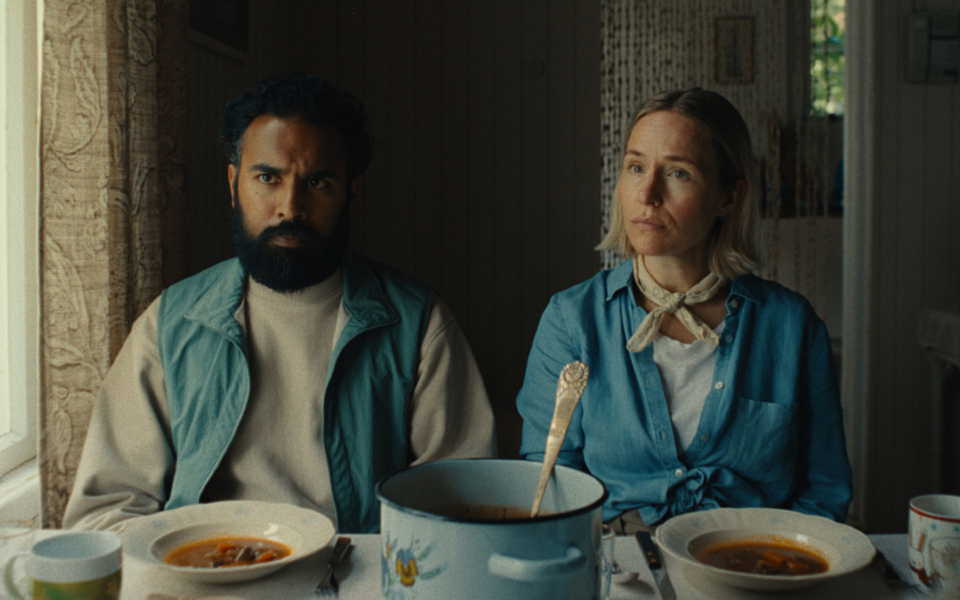
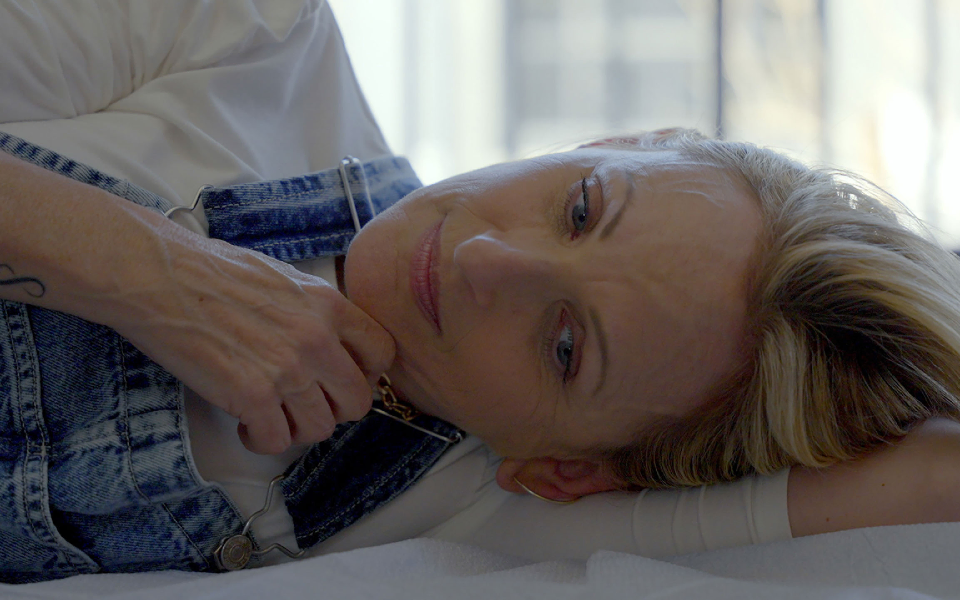





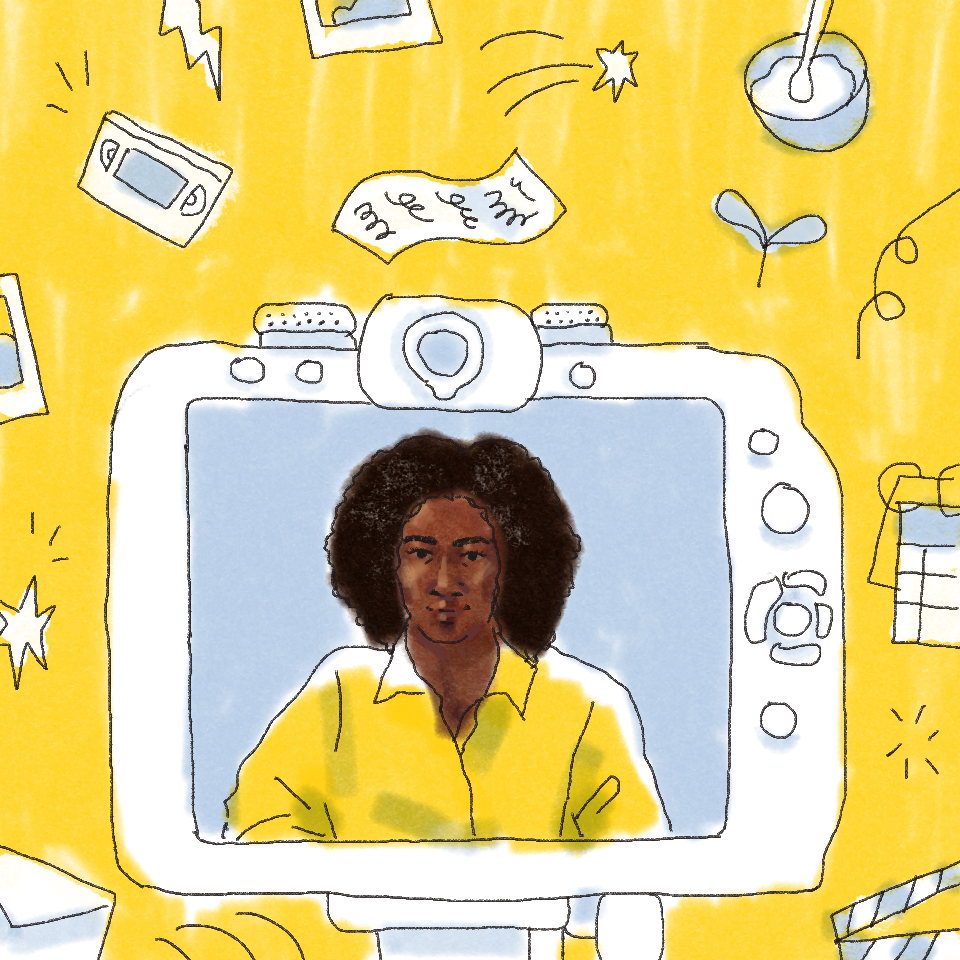
.jpg/_jcr_content/renditions/1200x628%20(5).webp)


